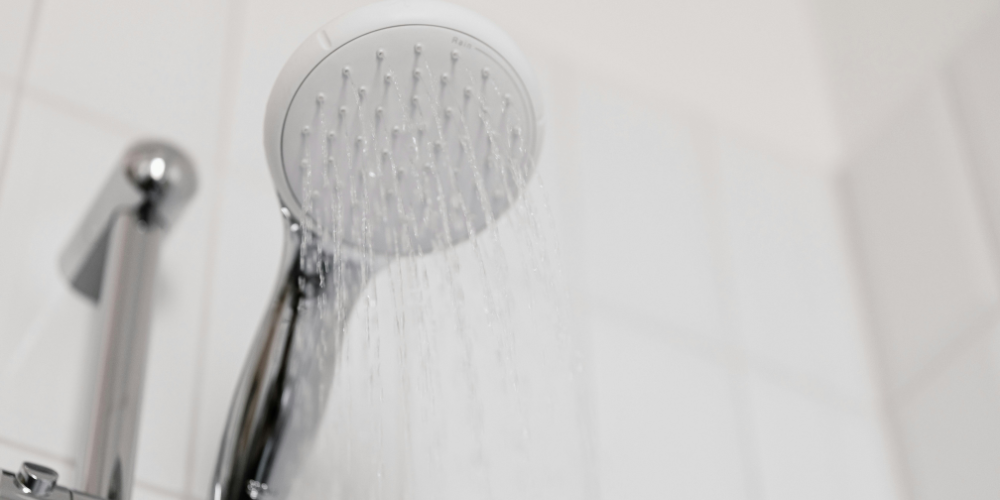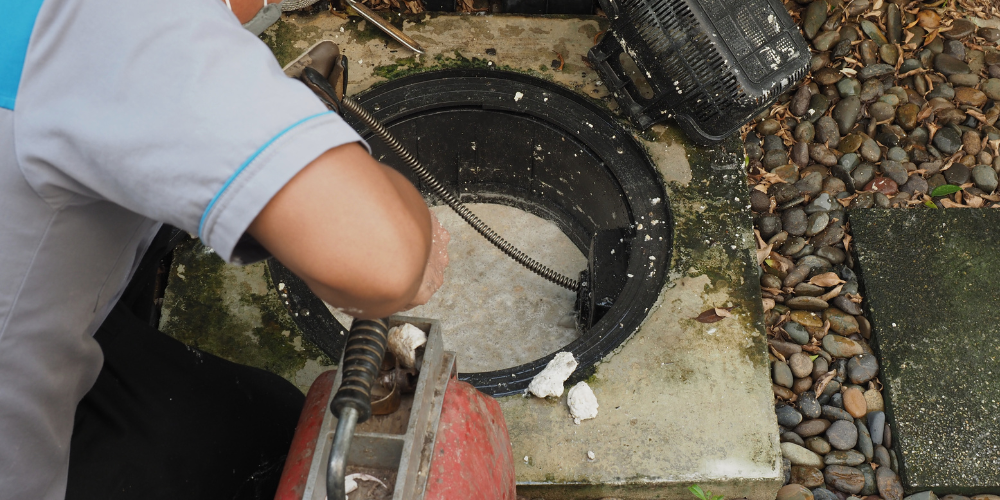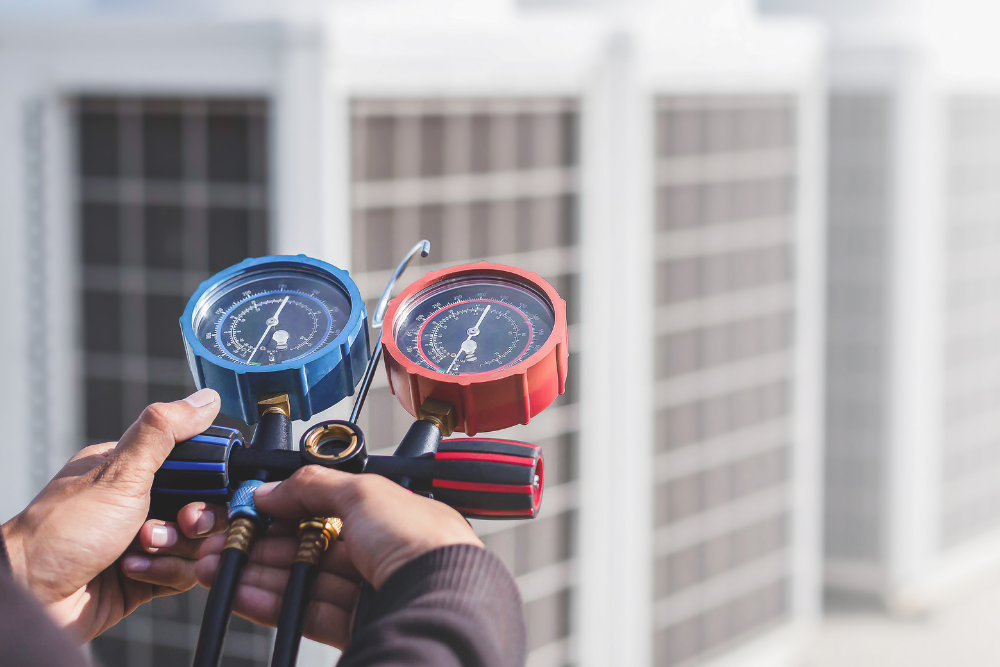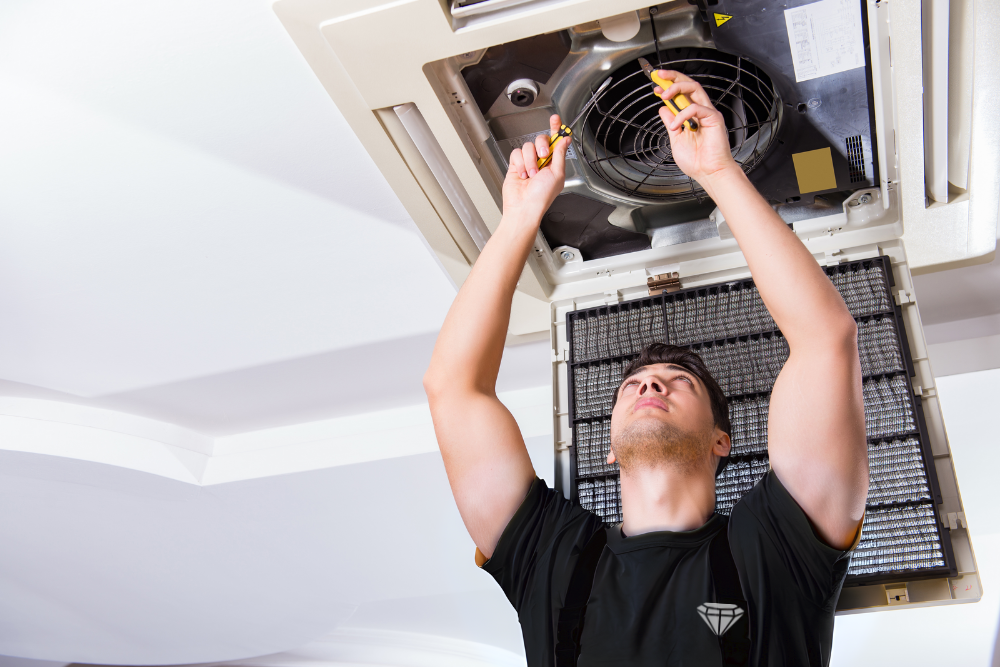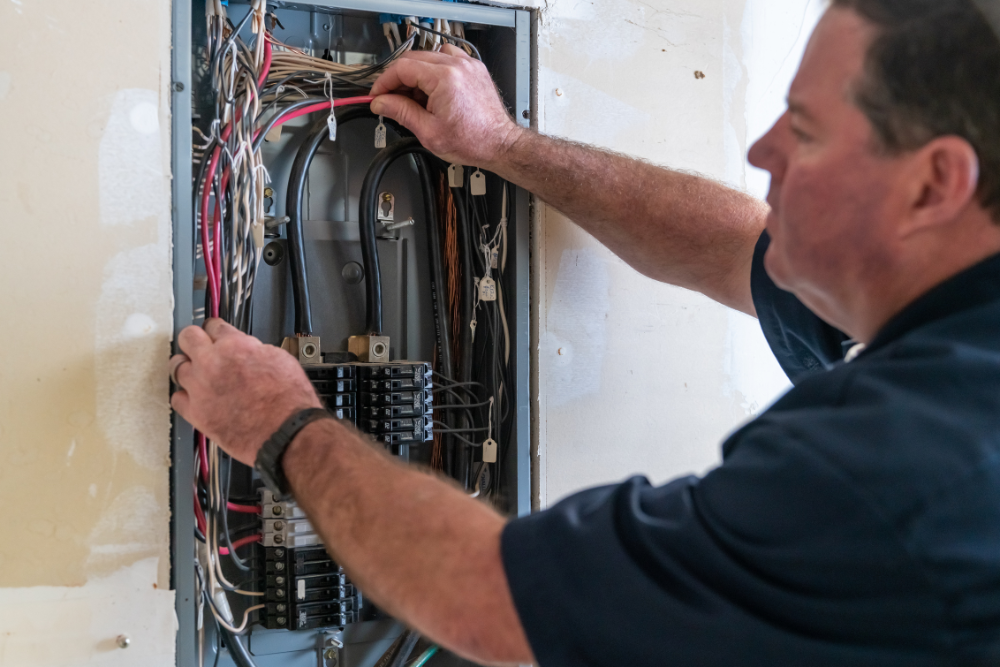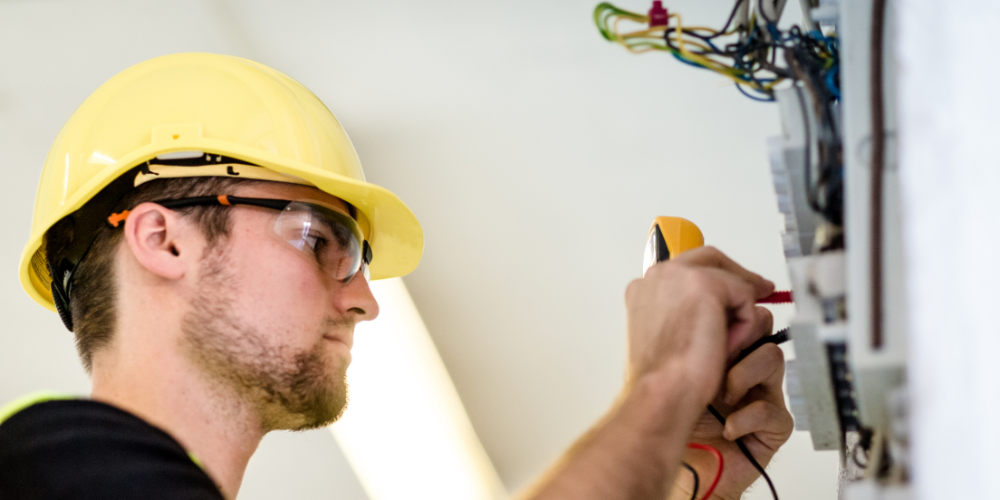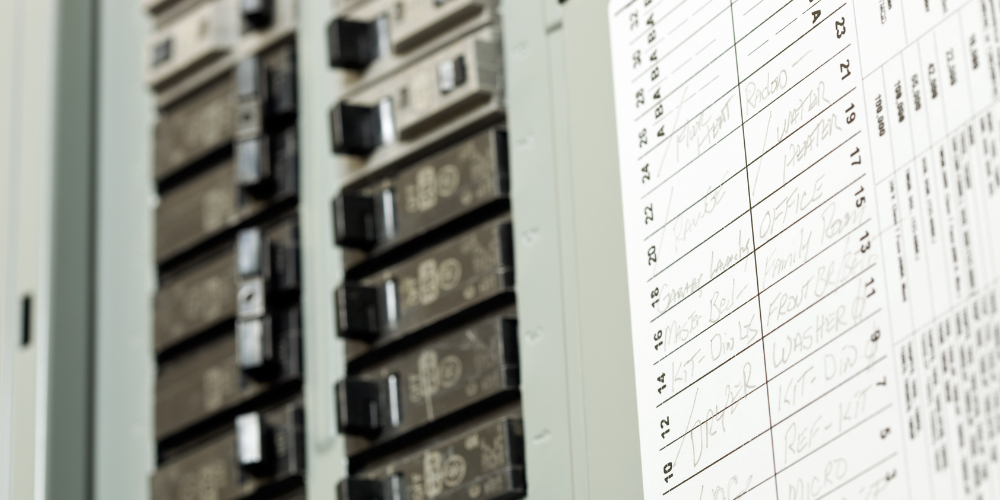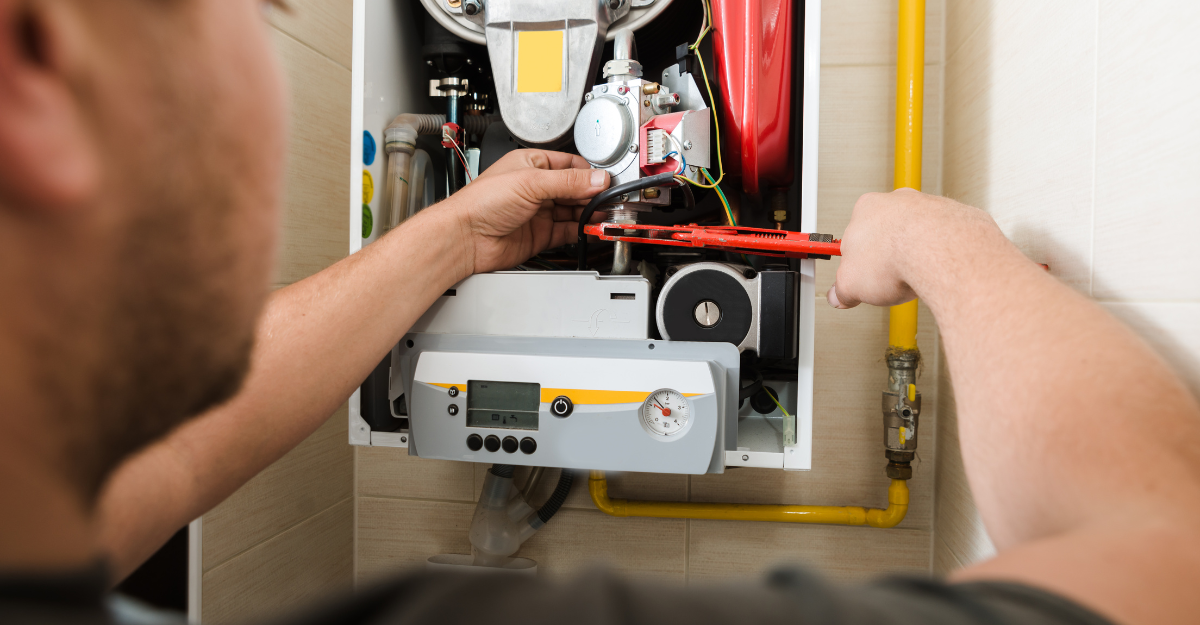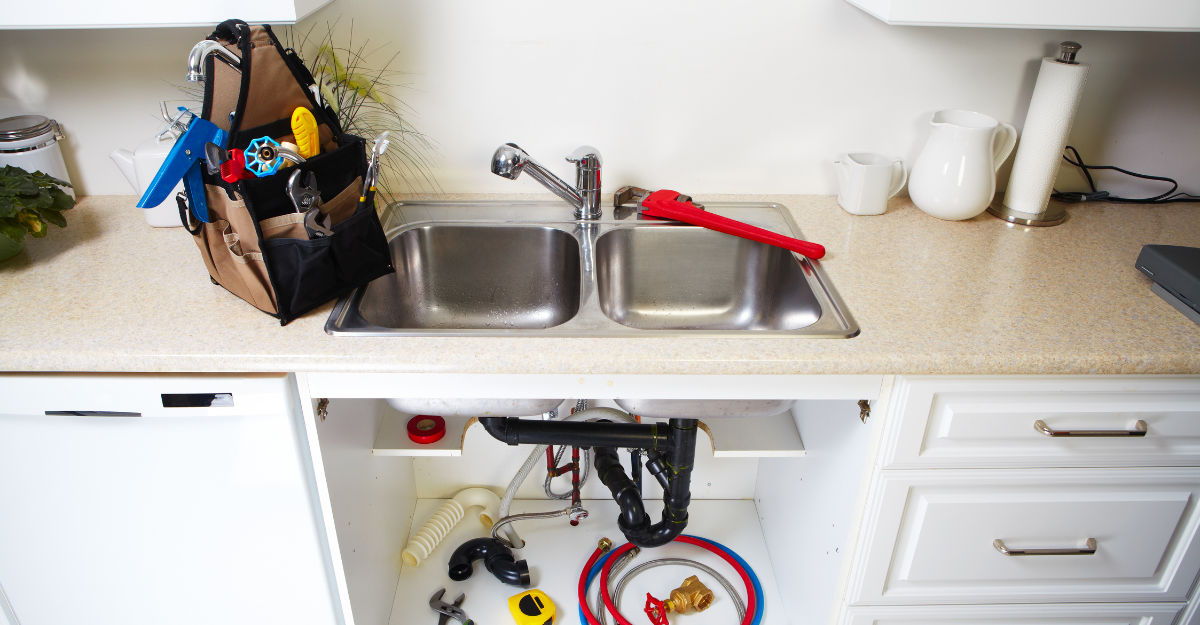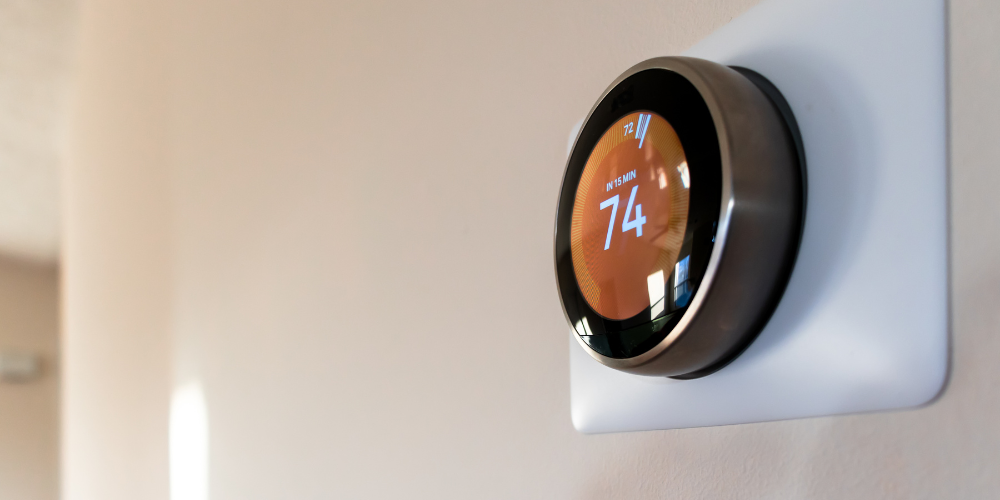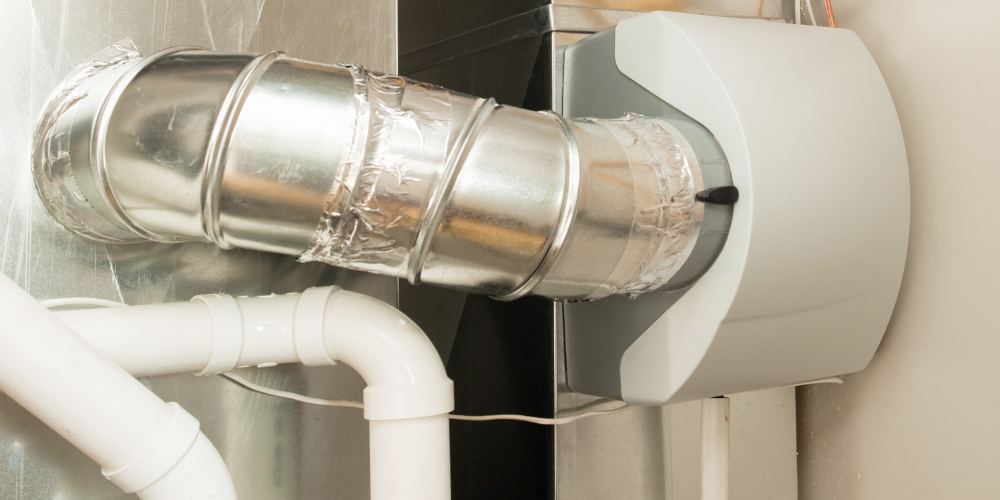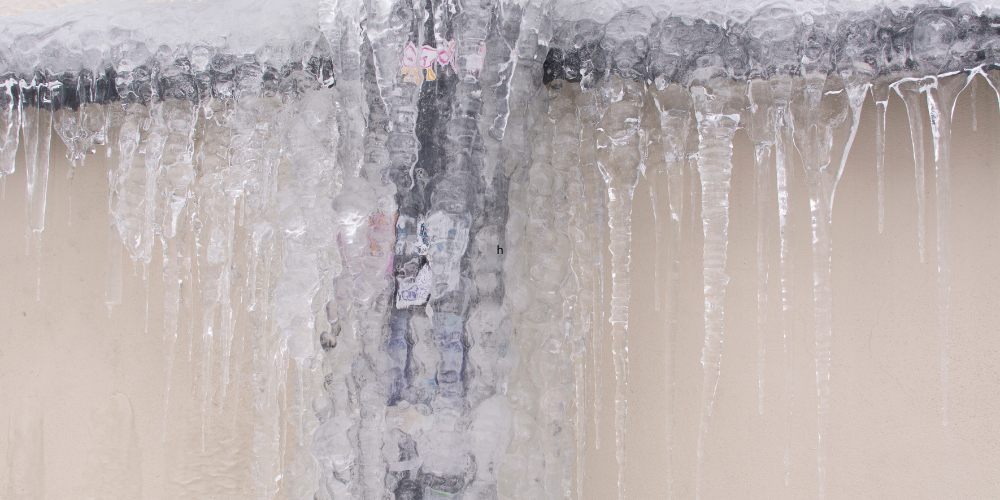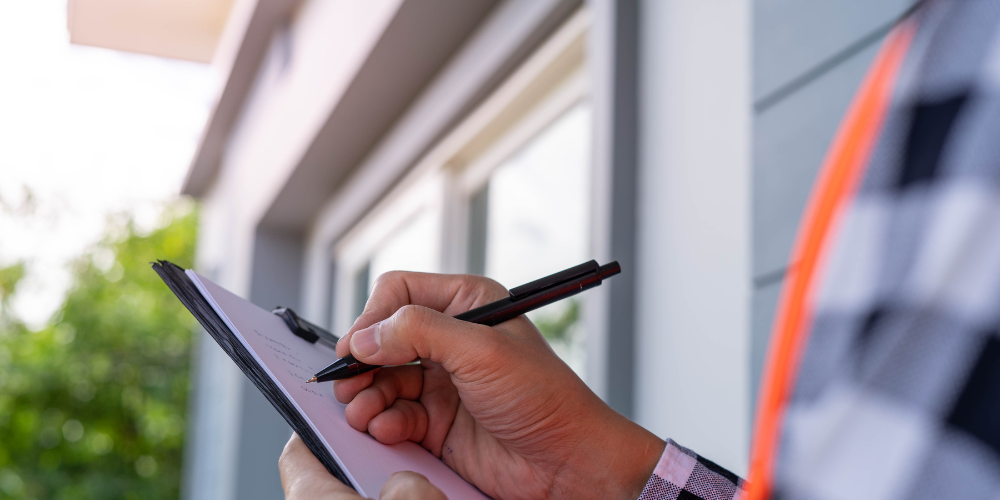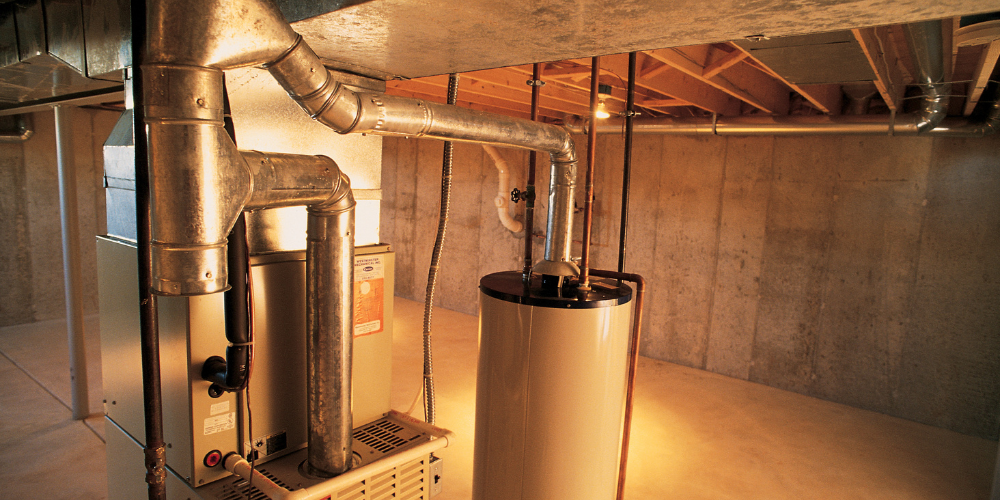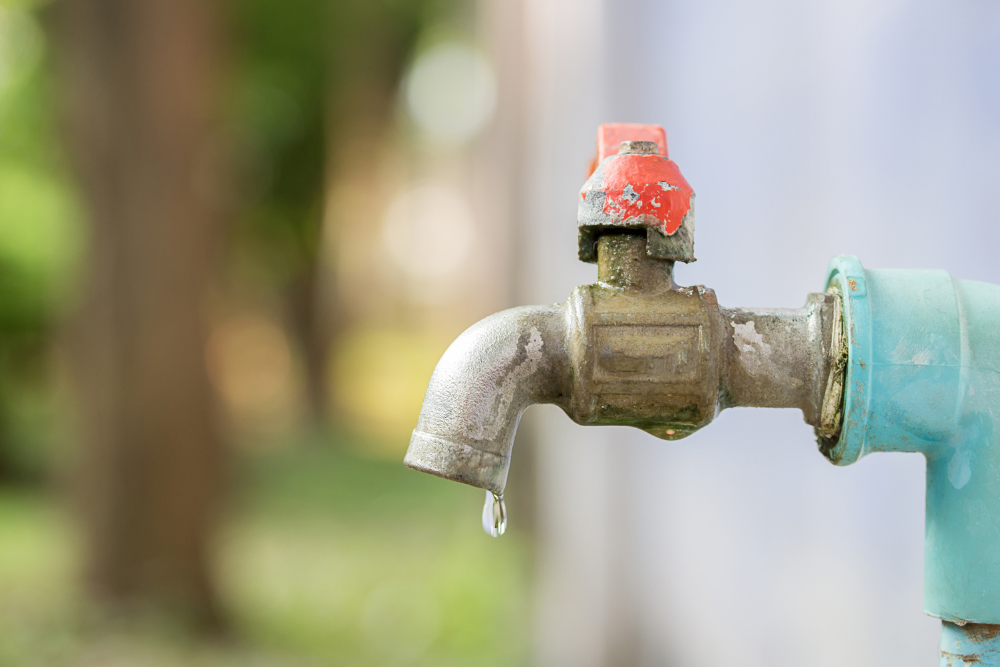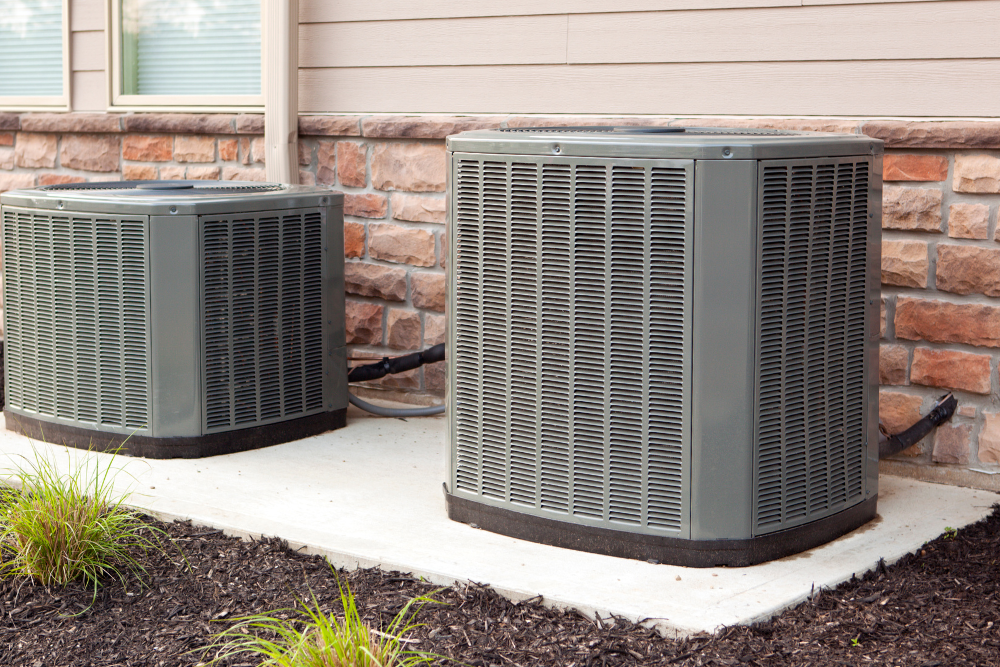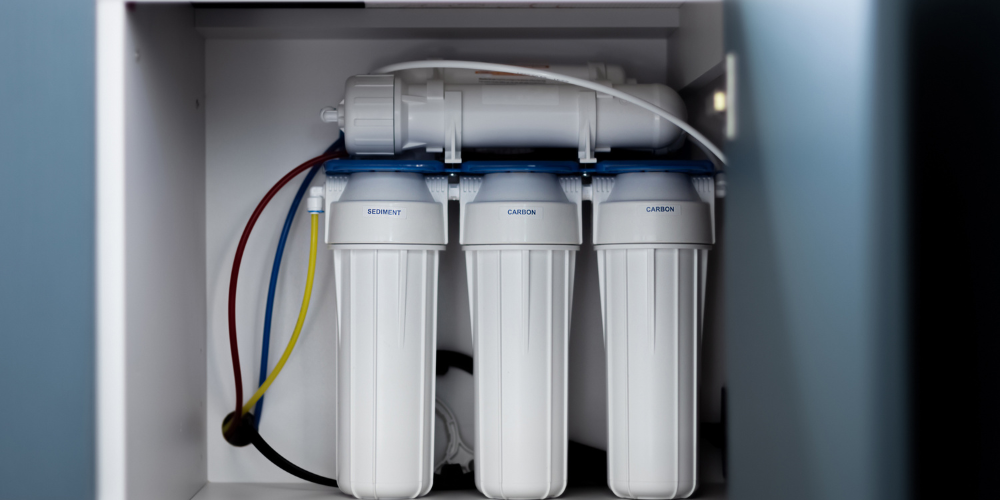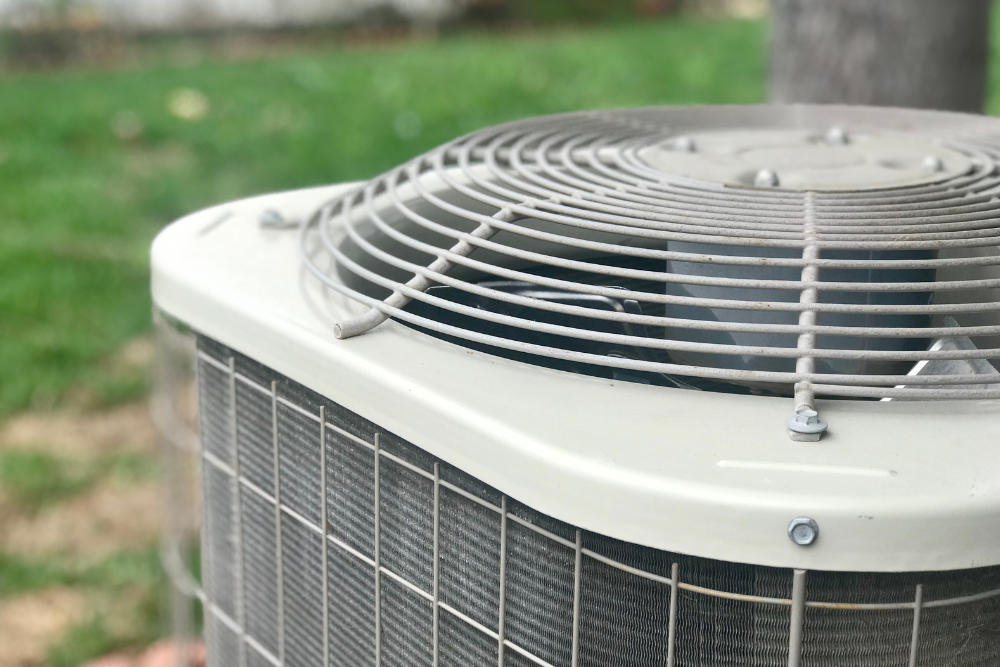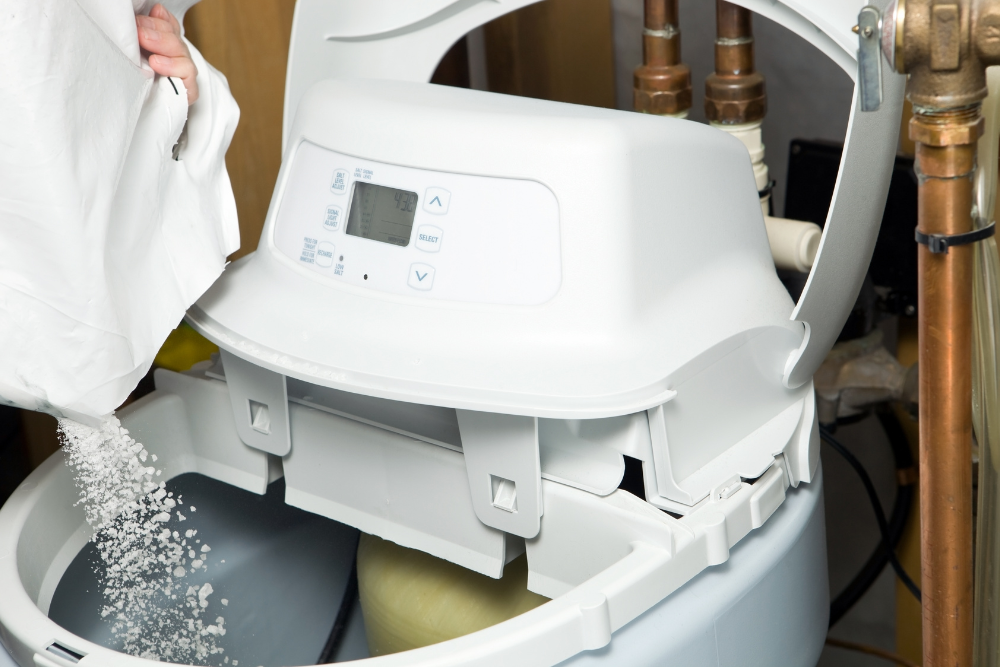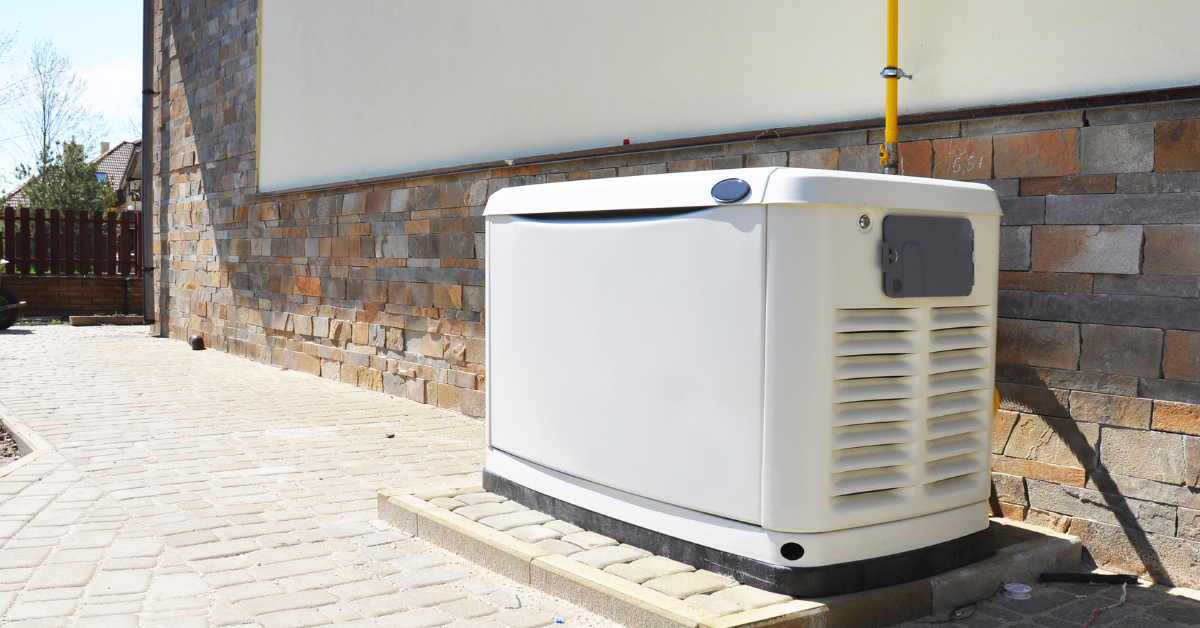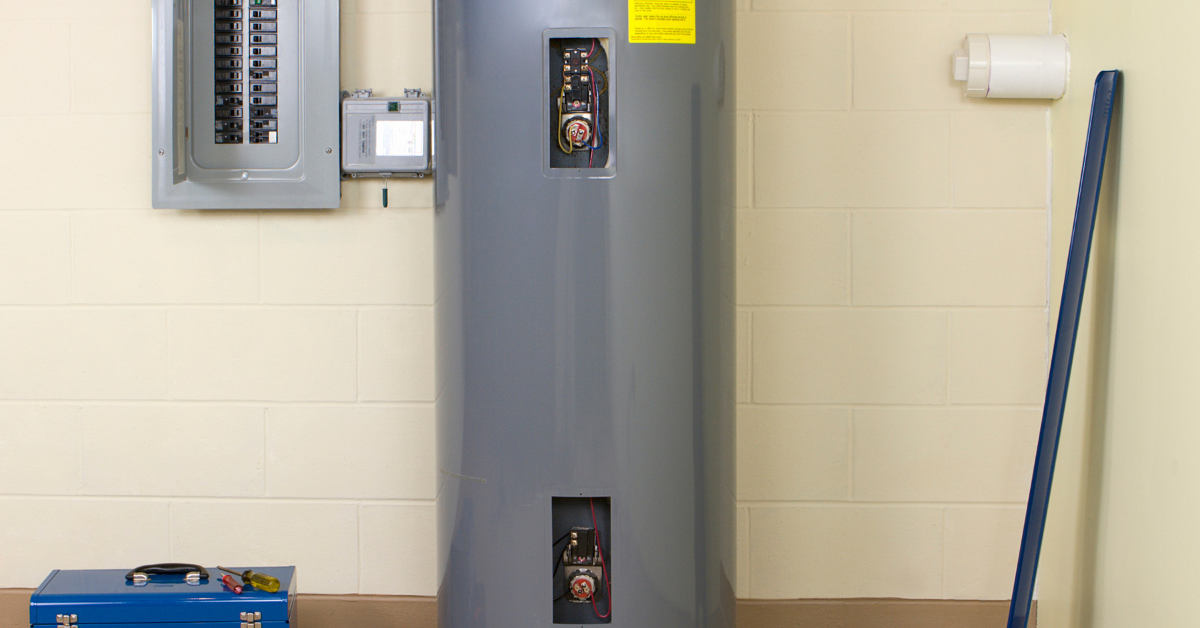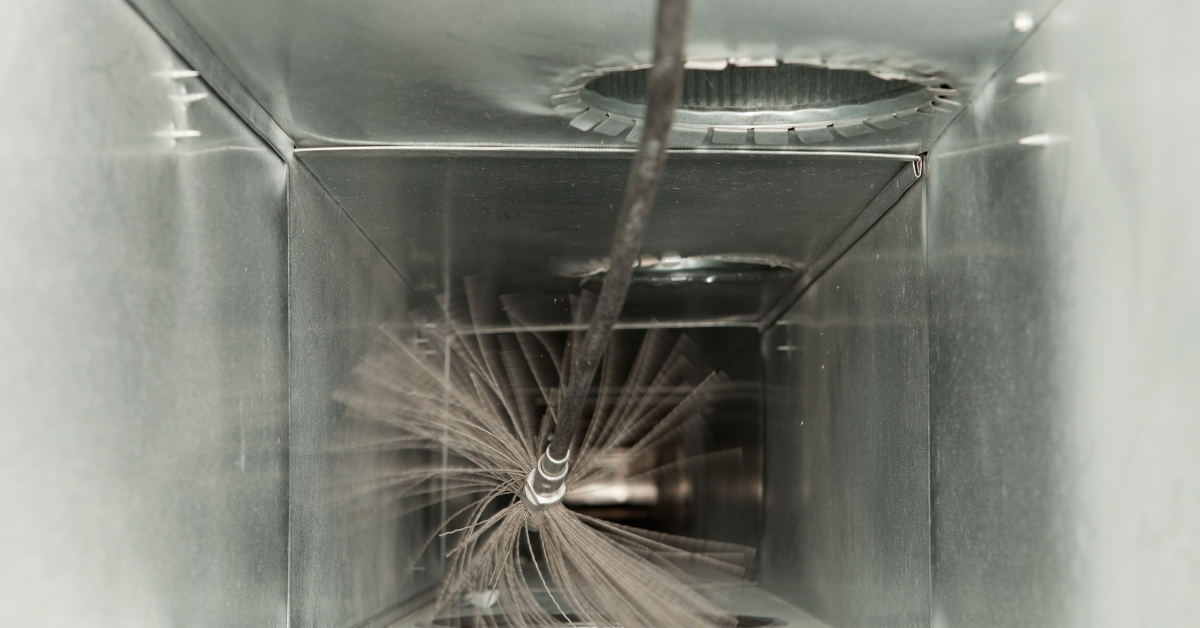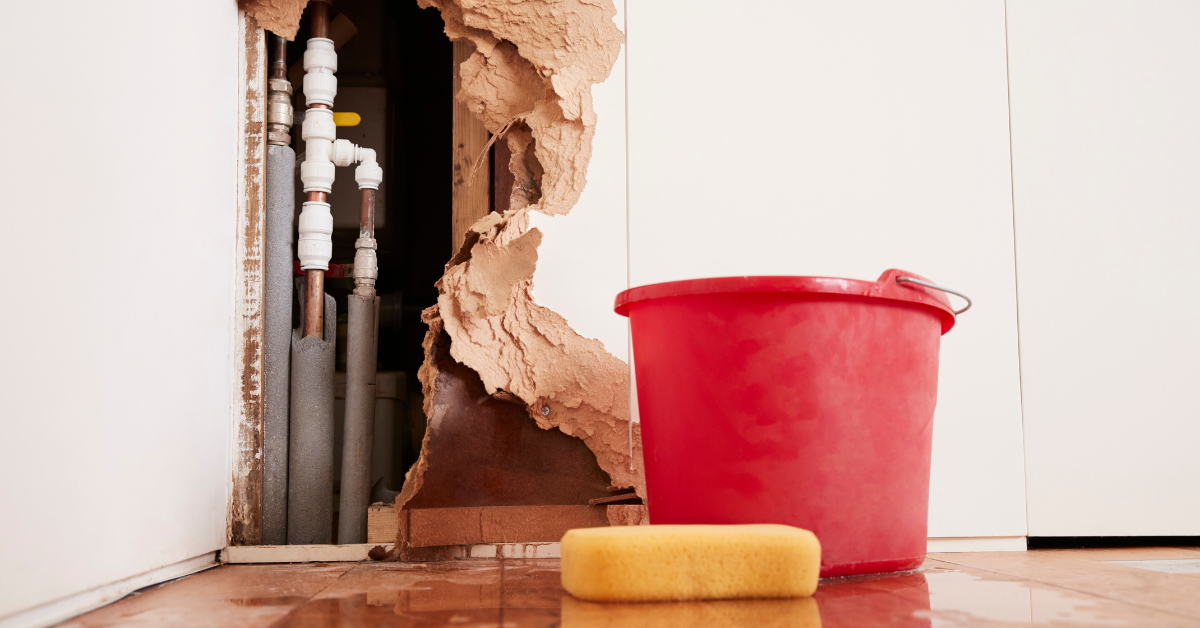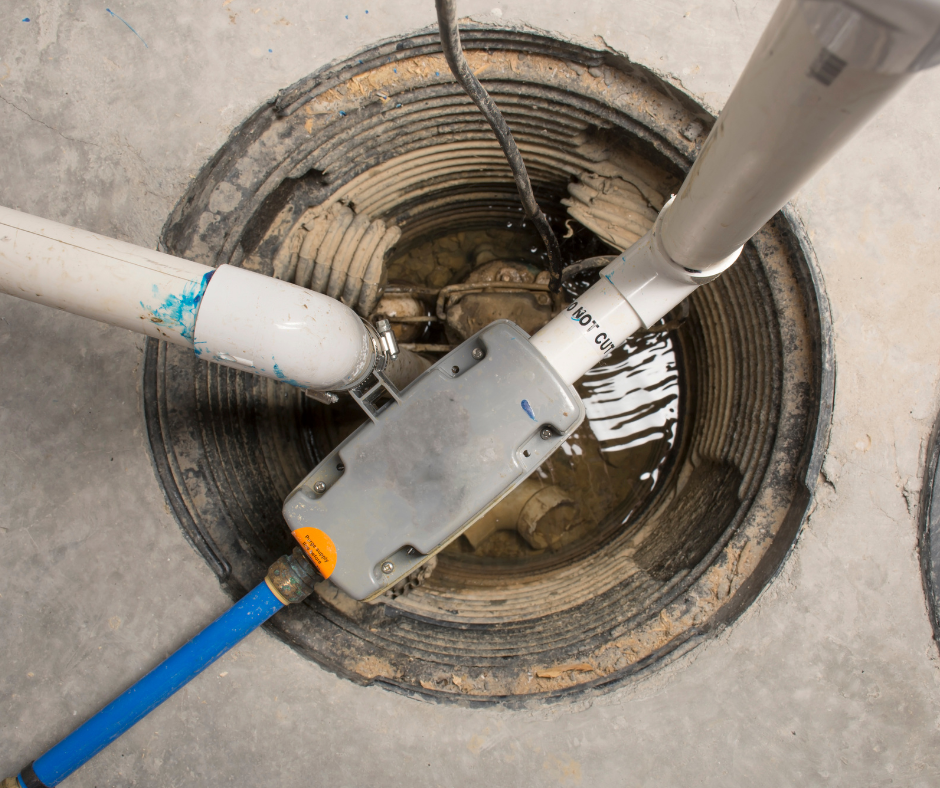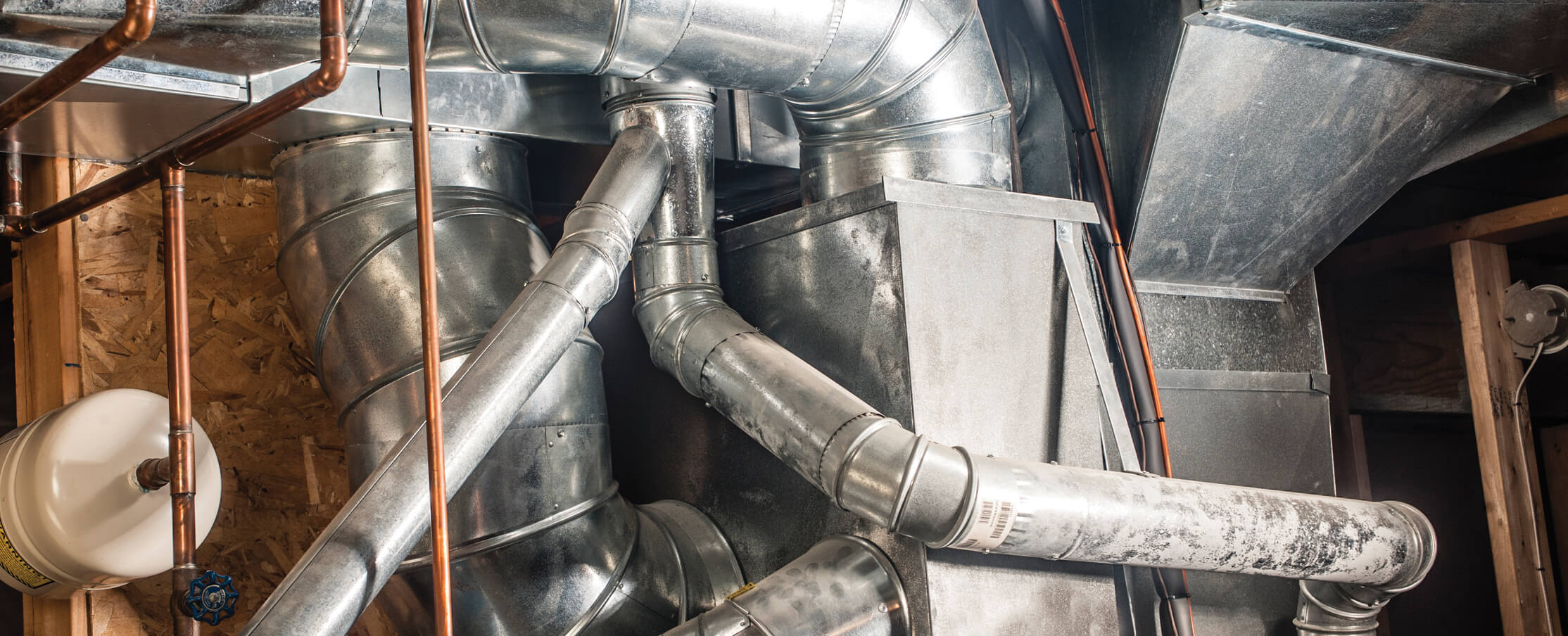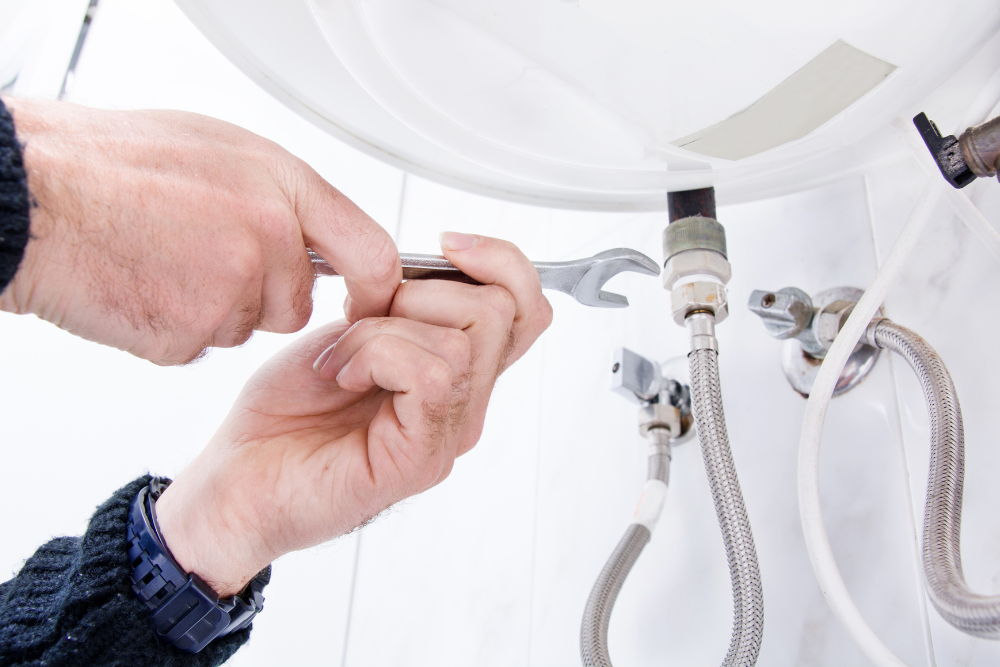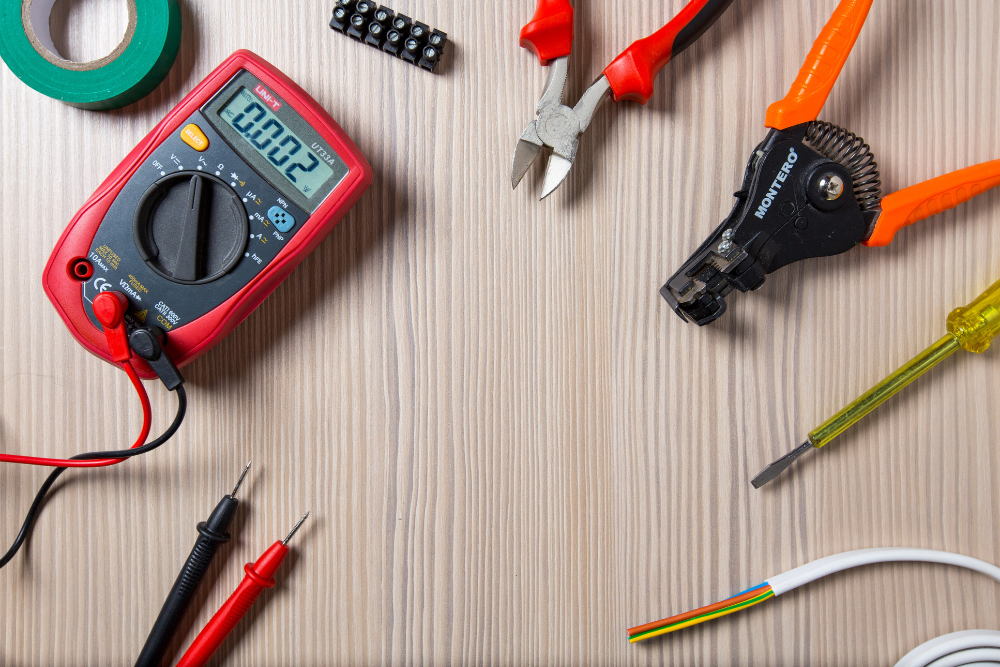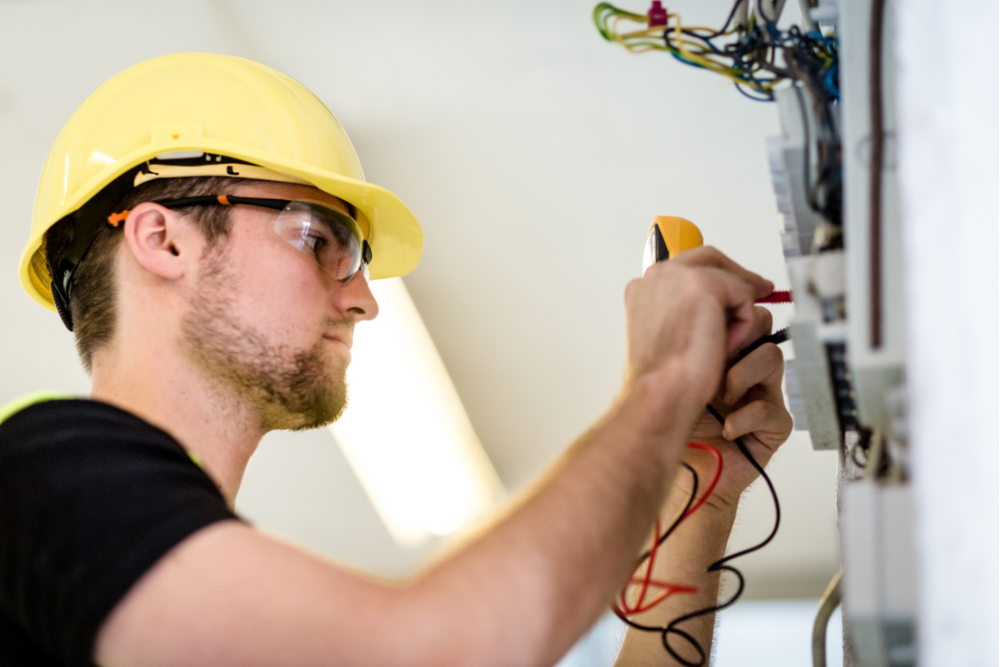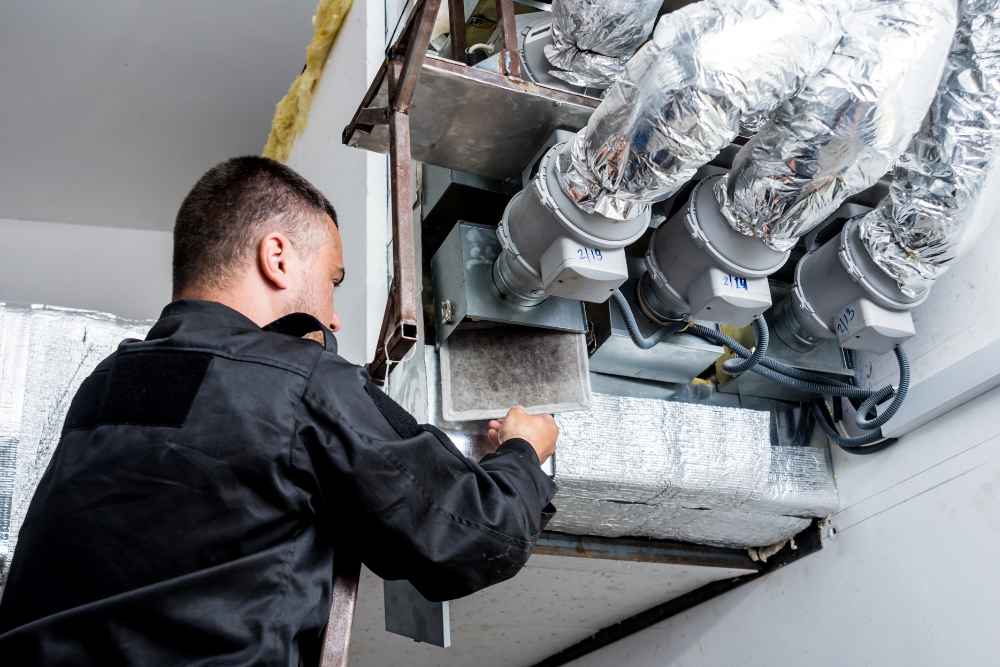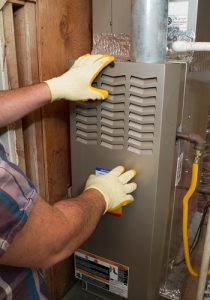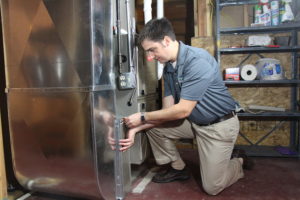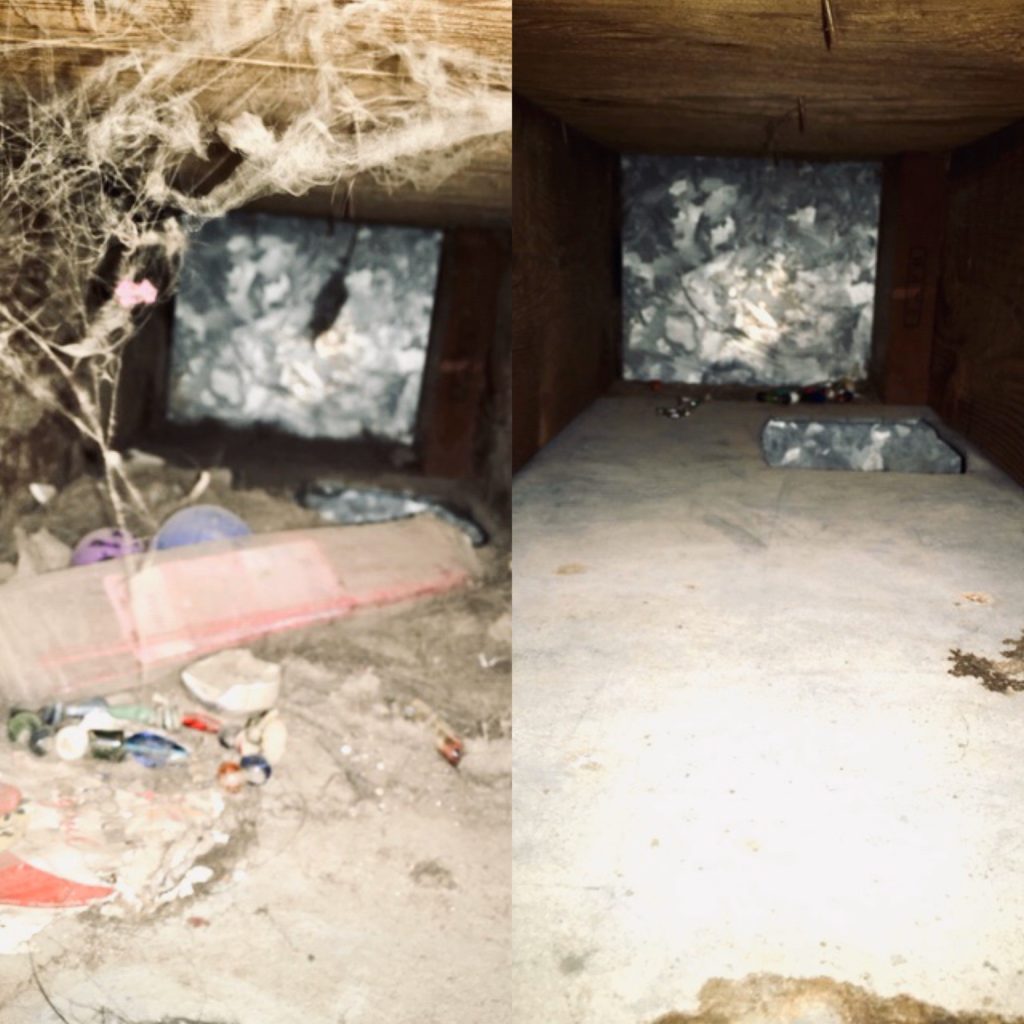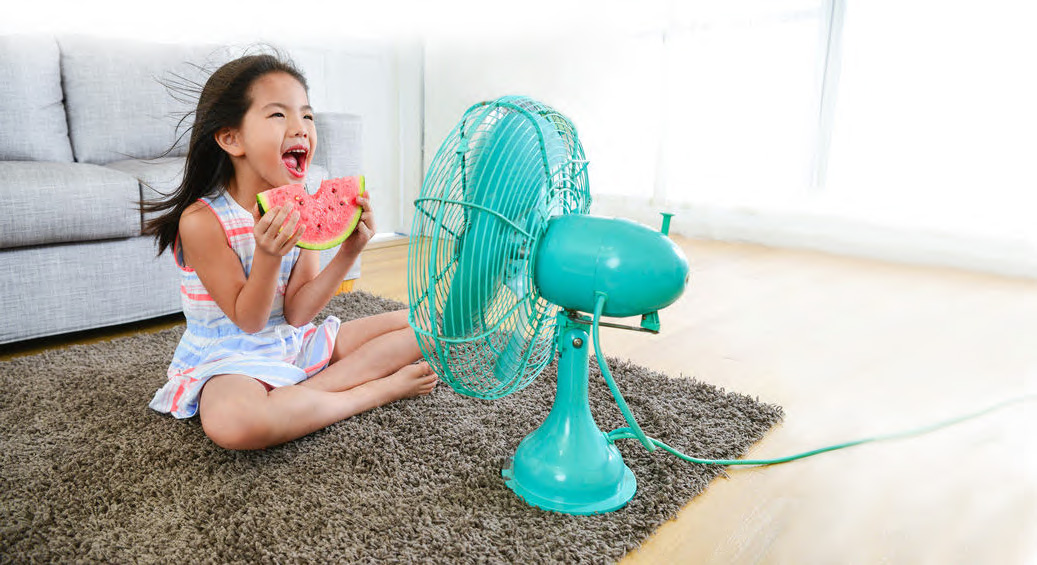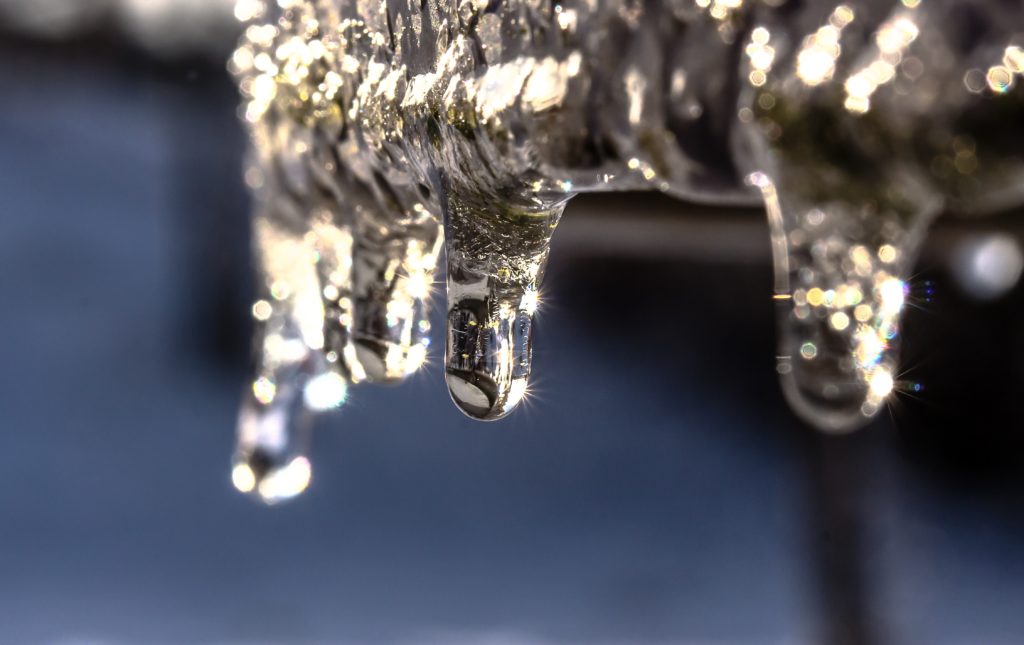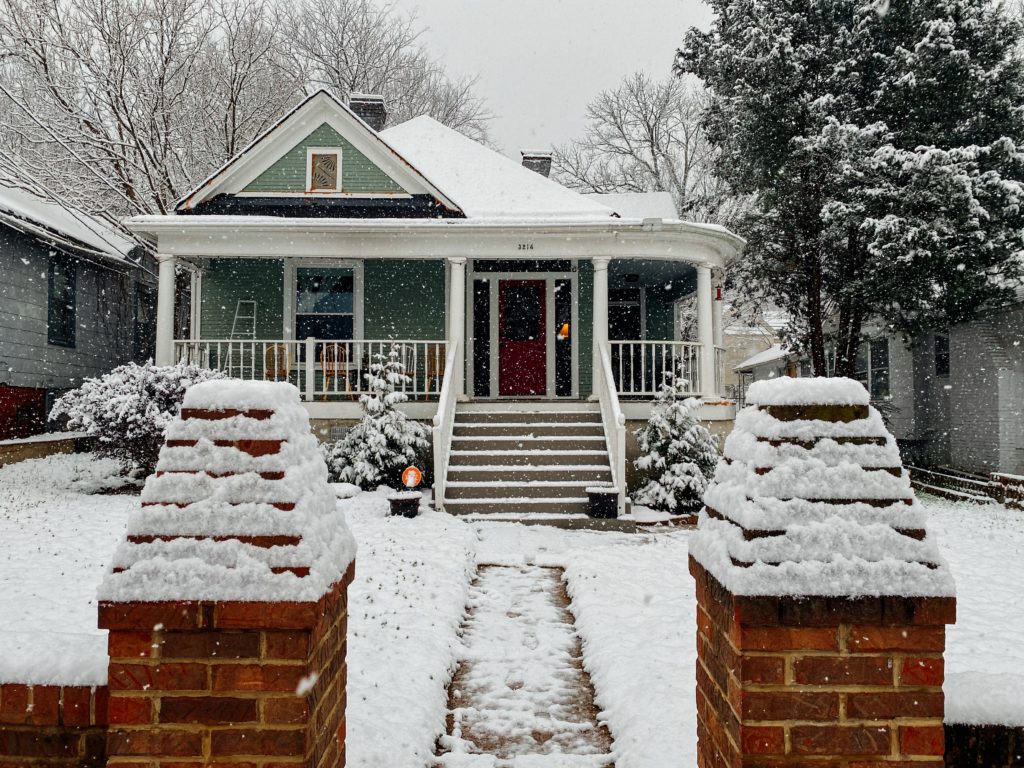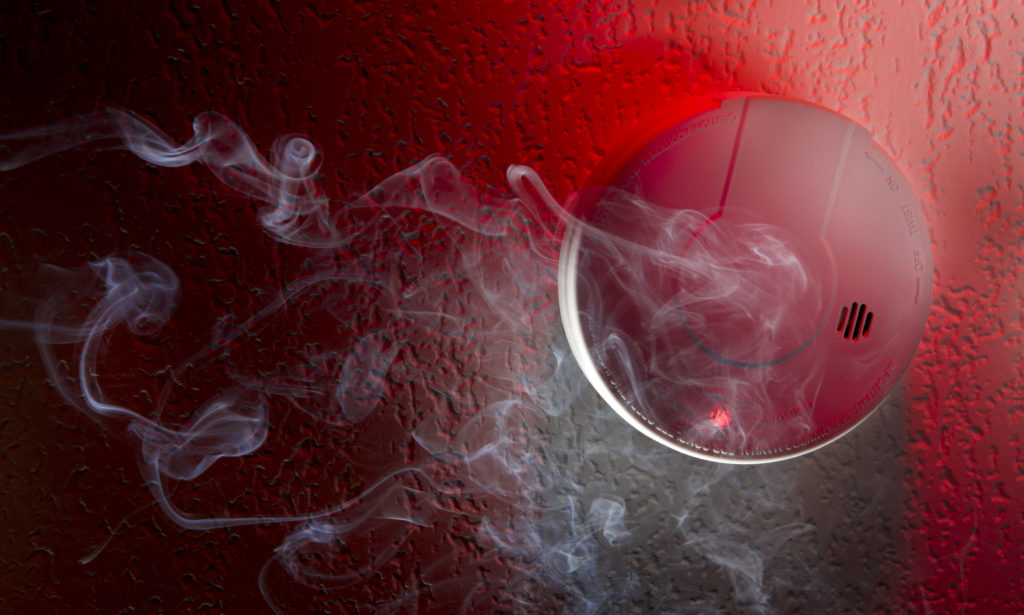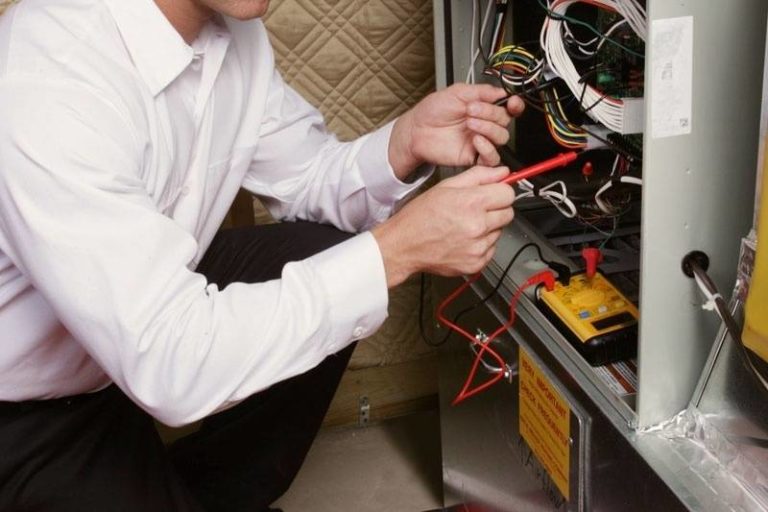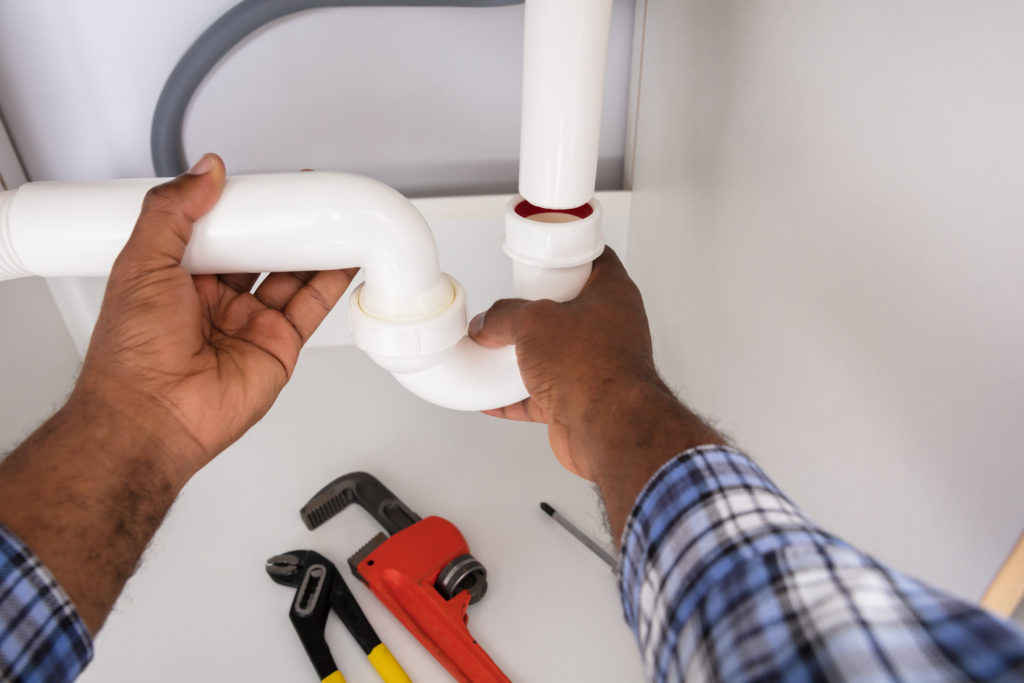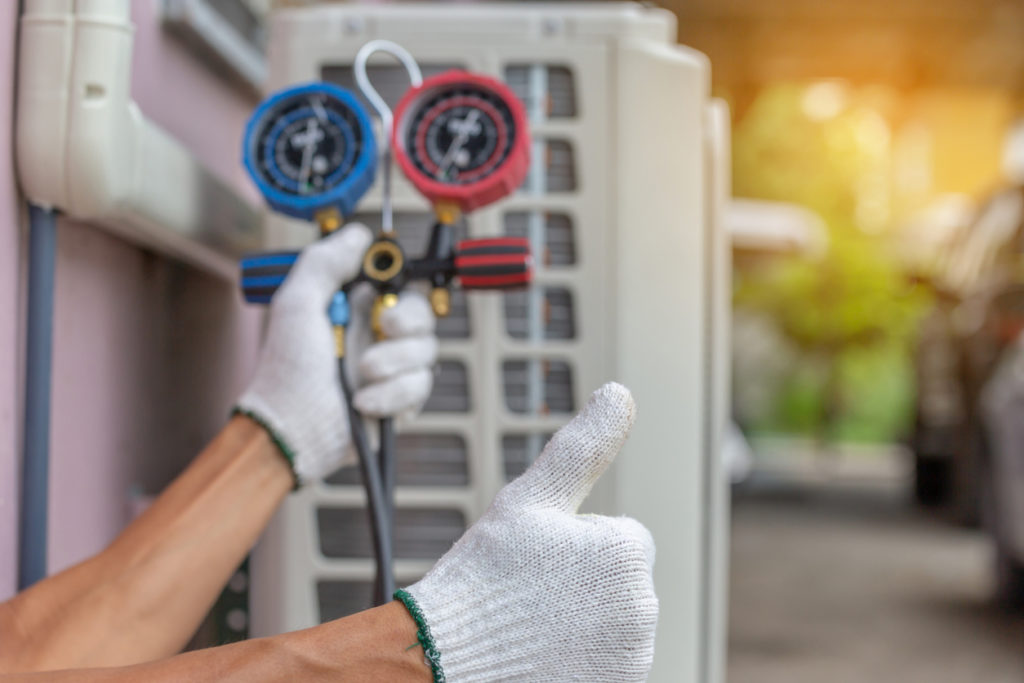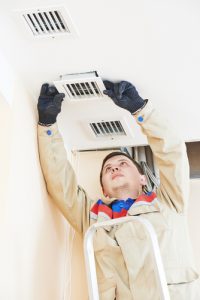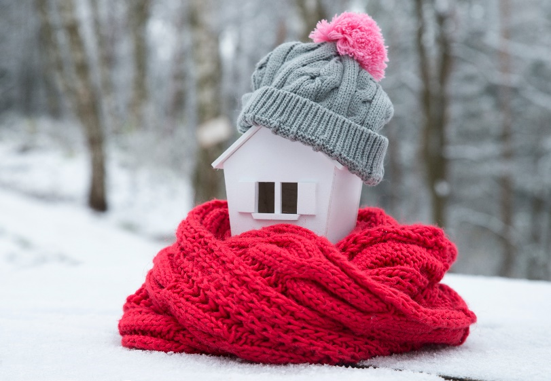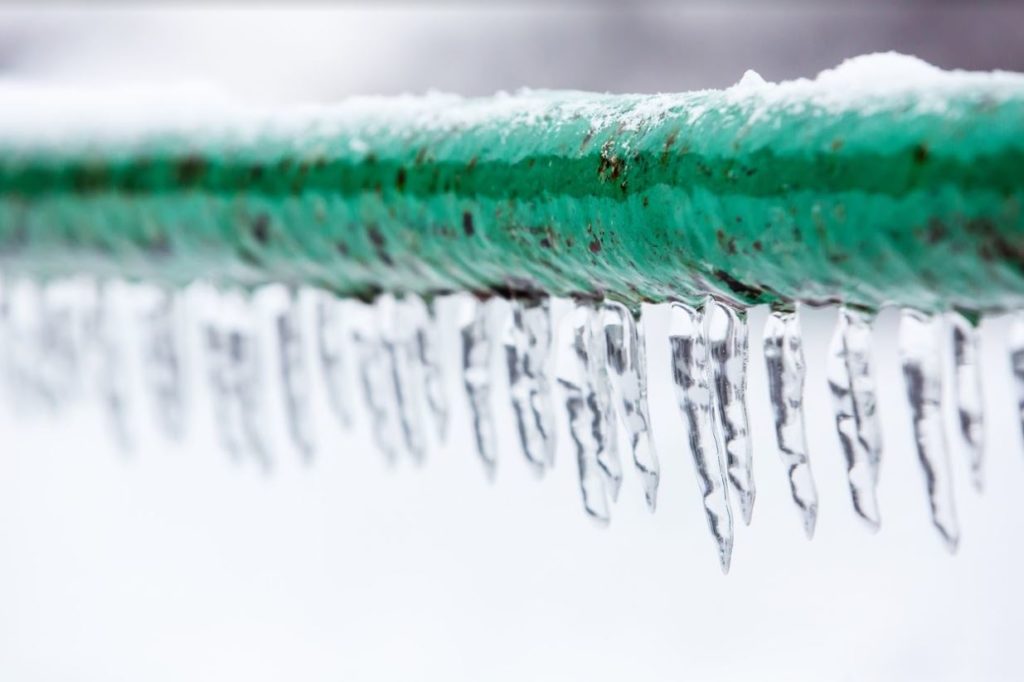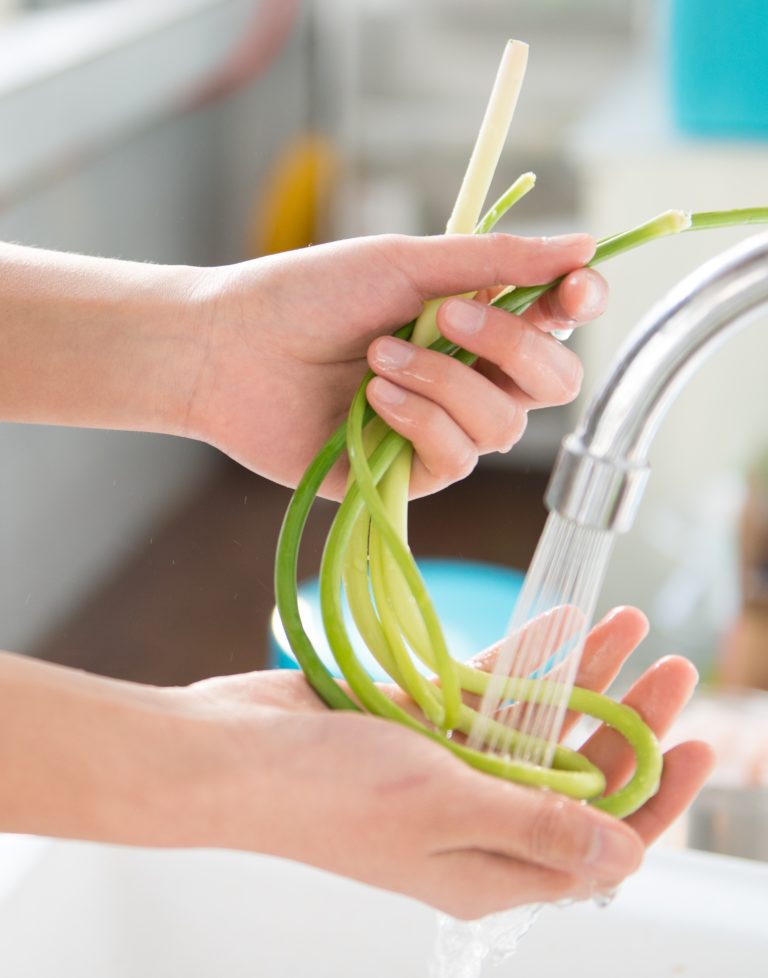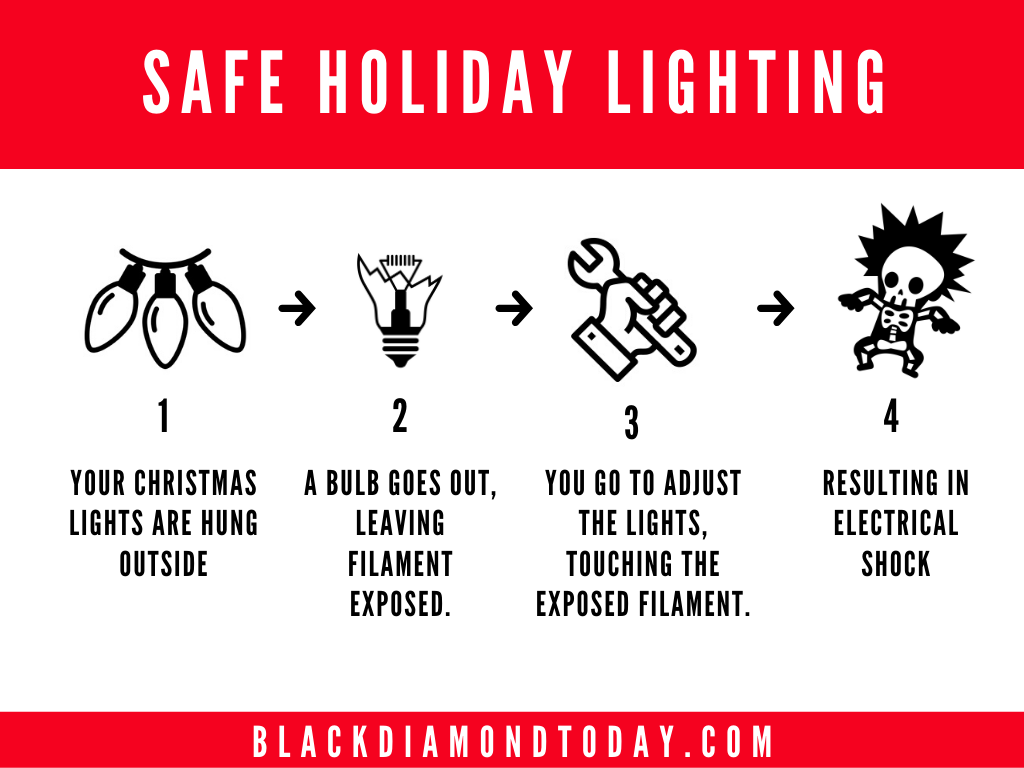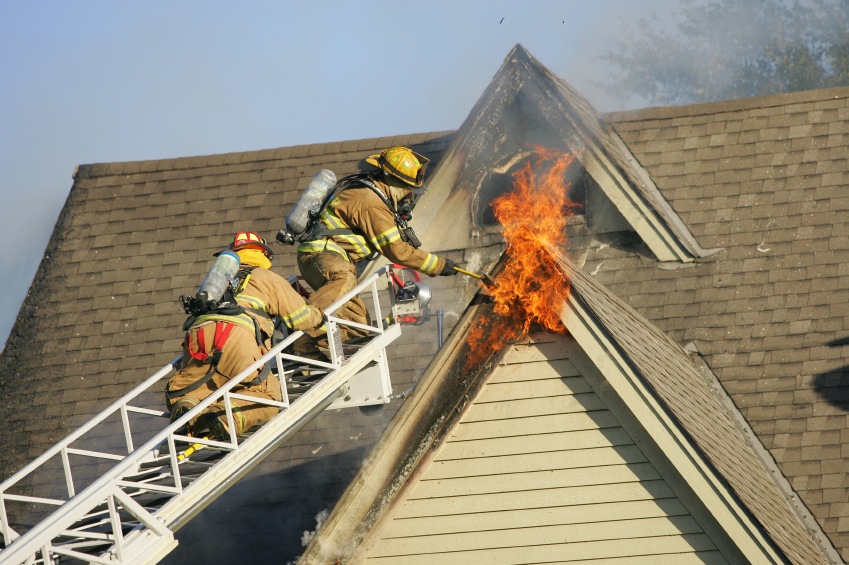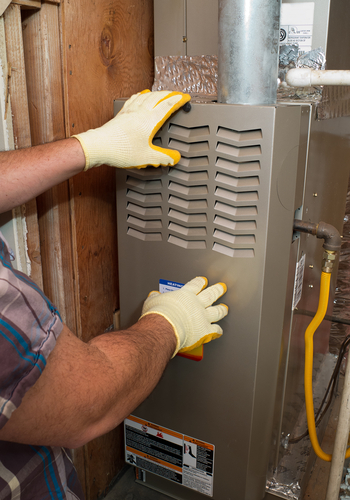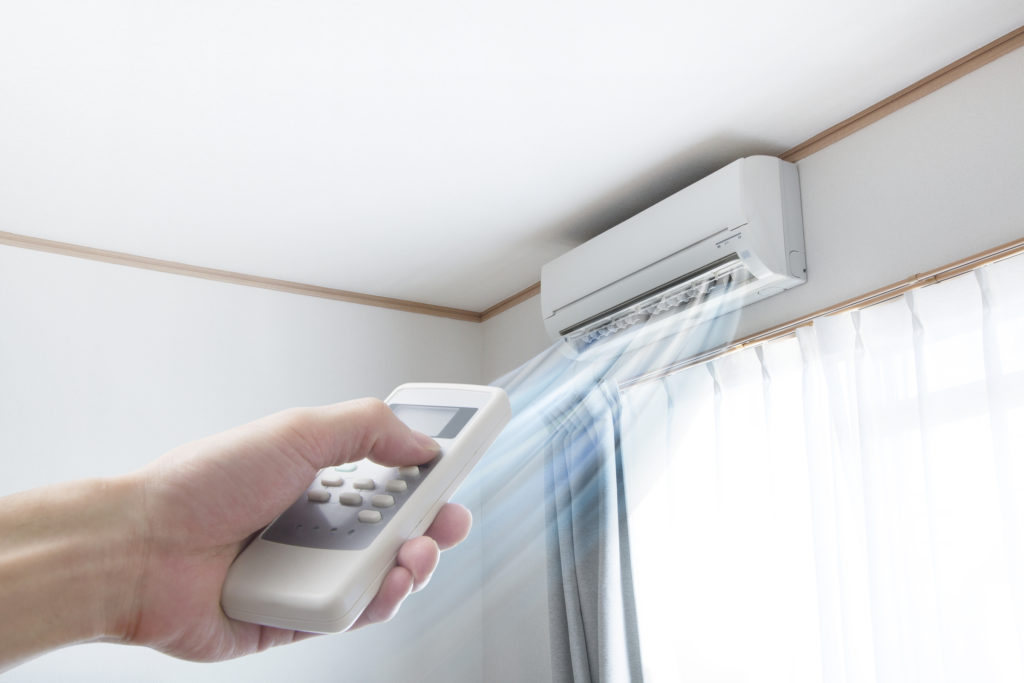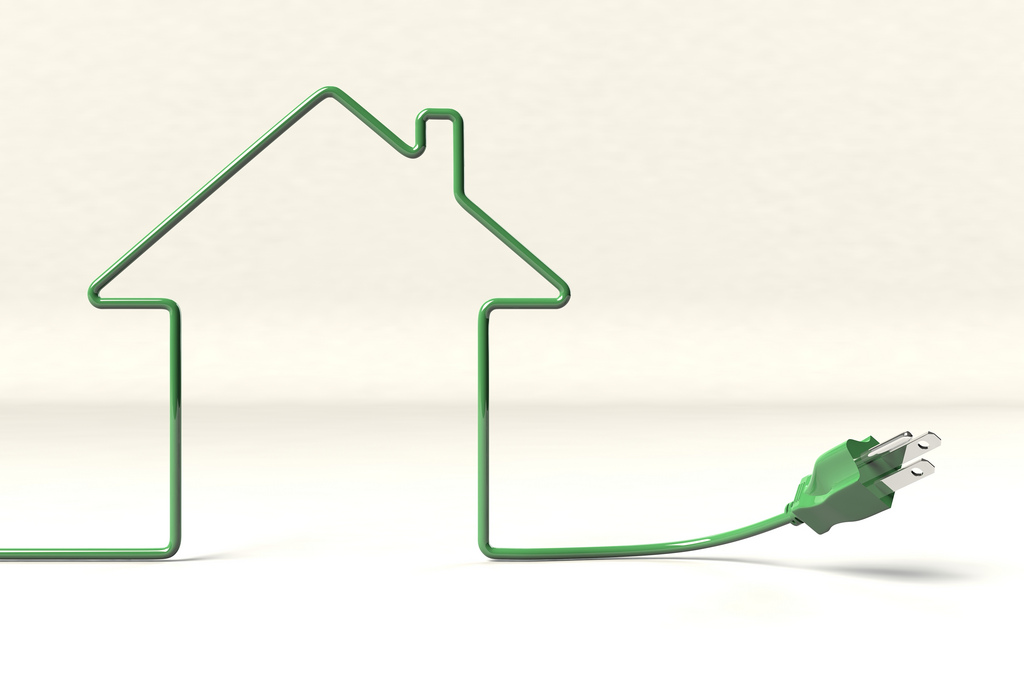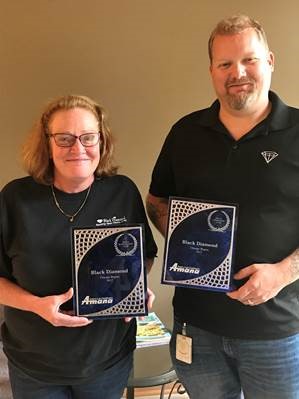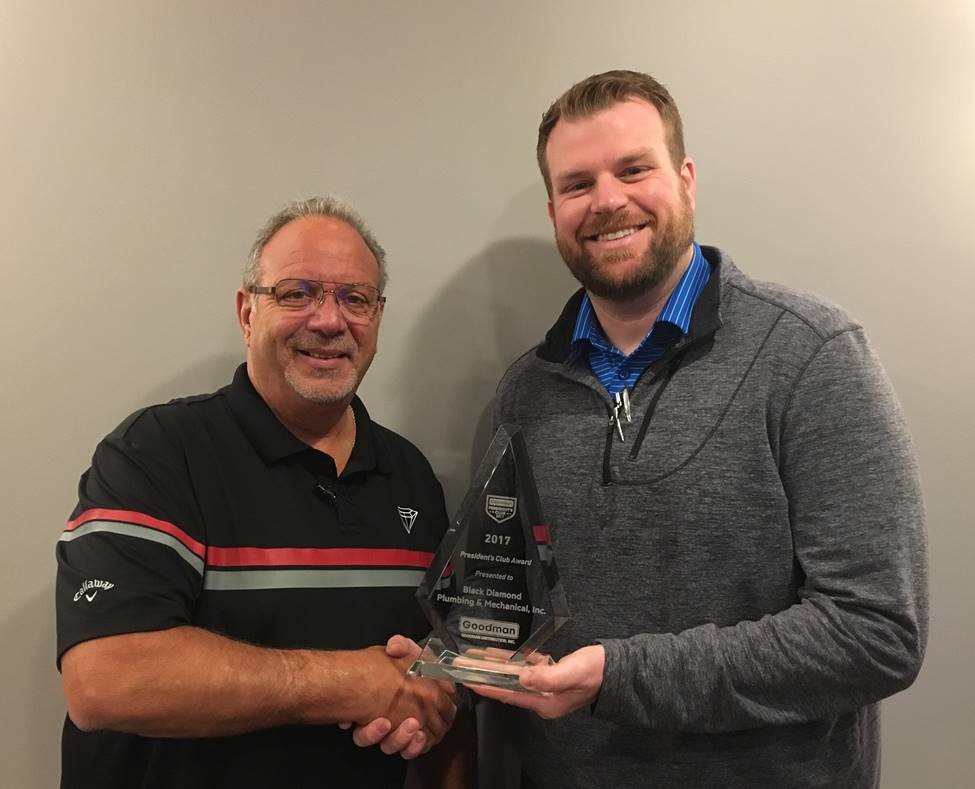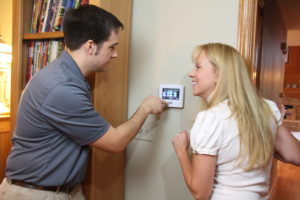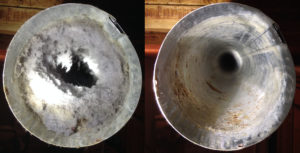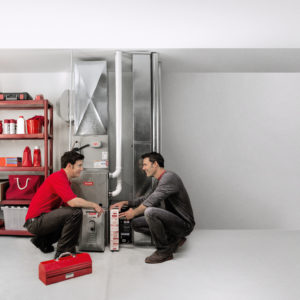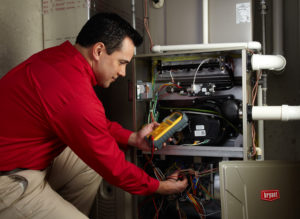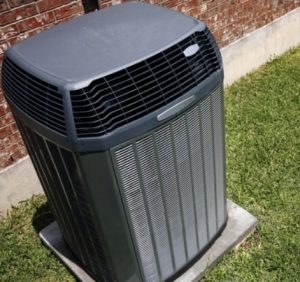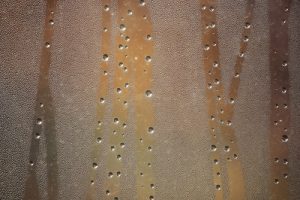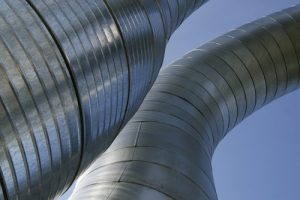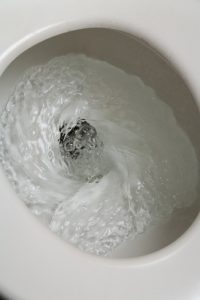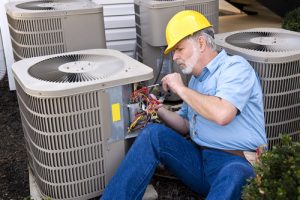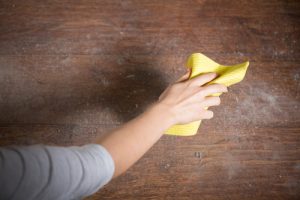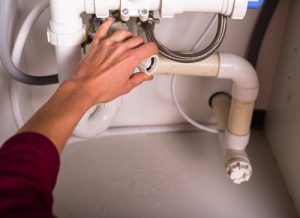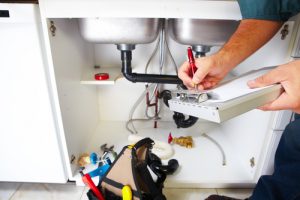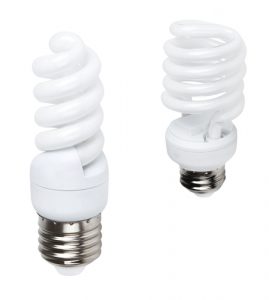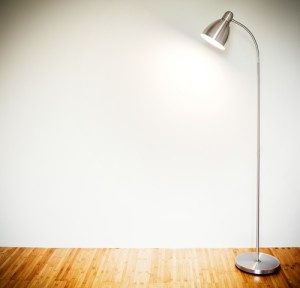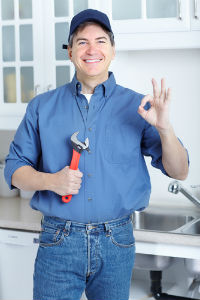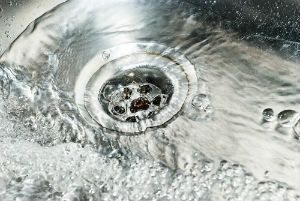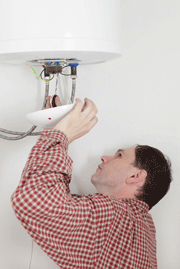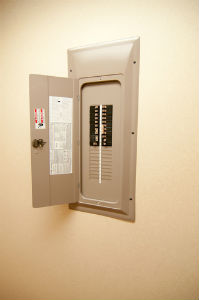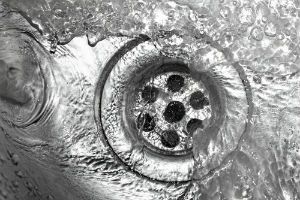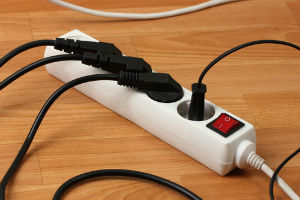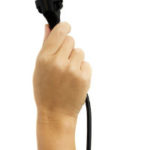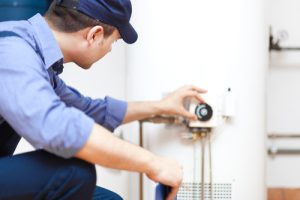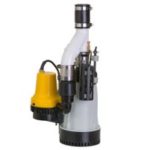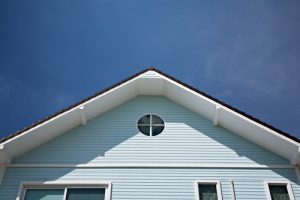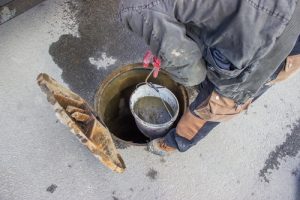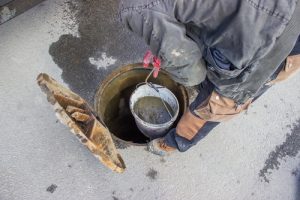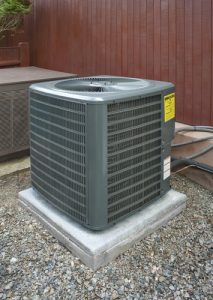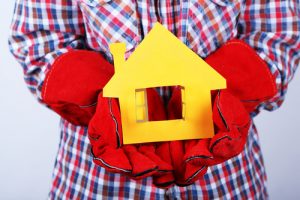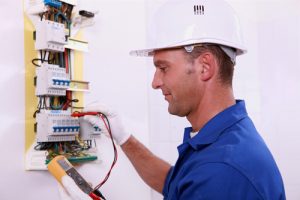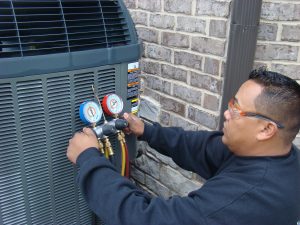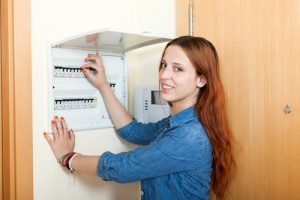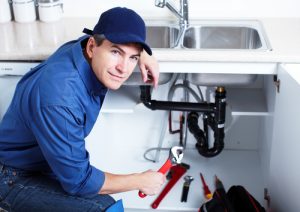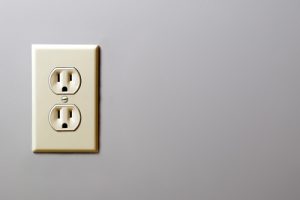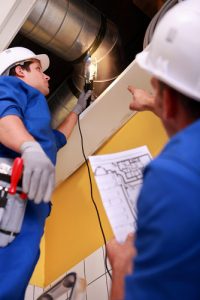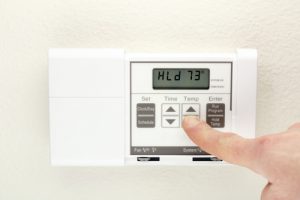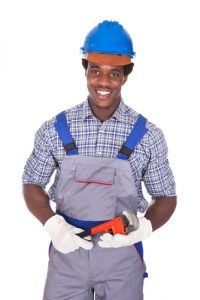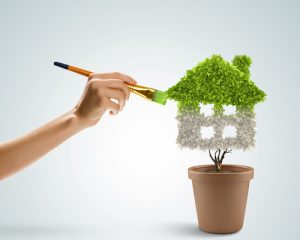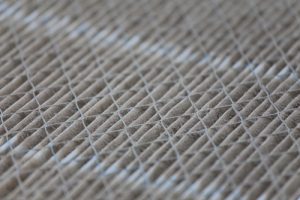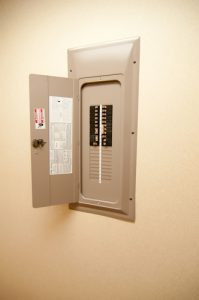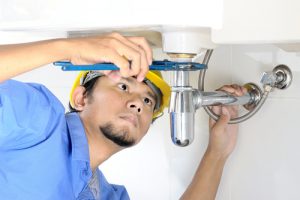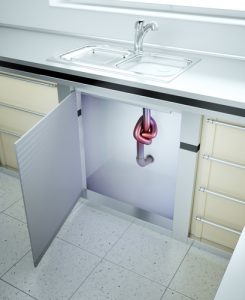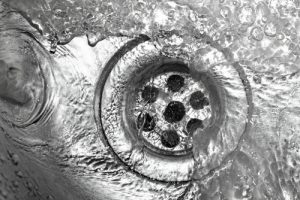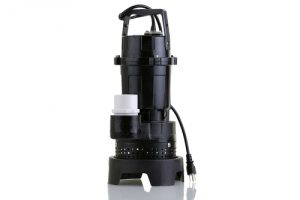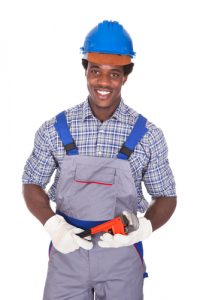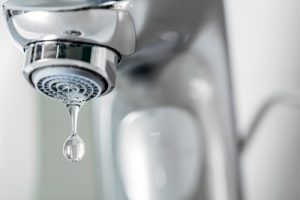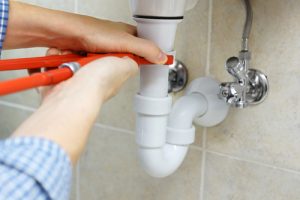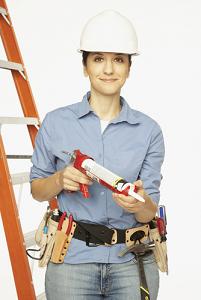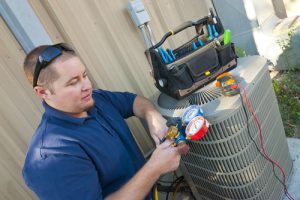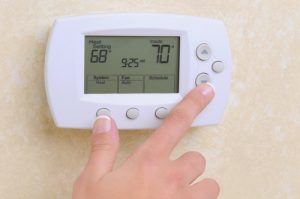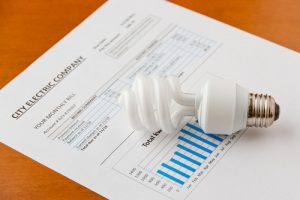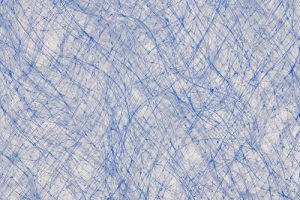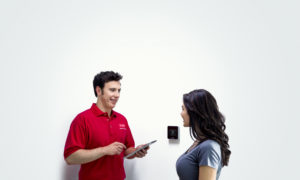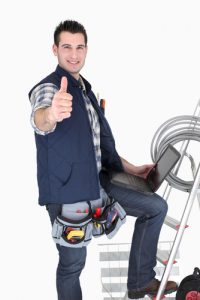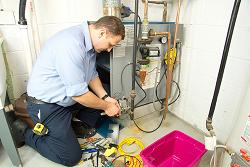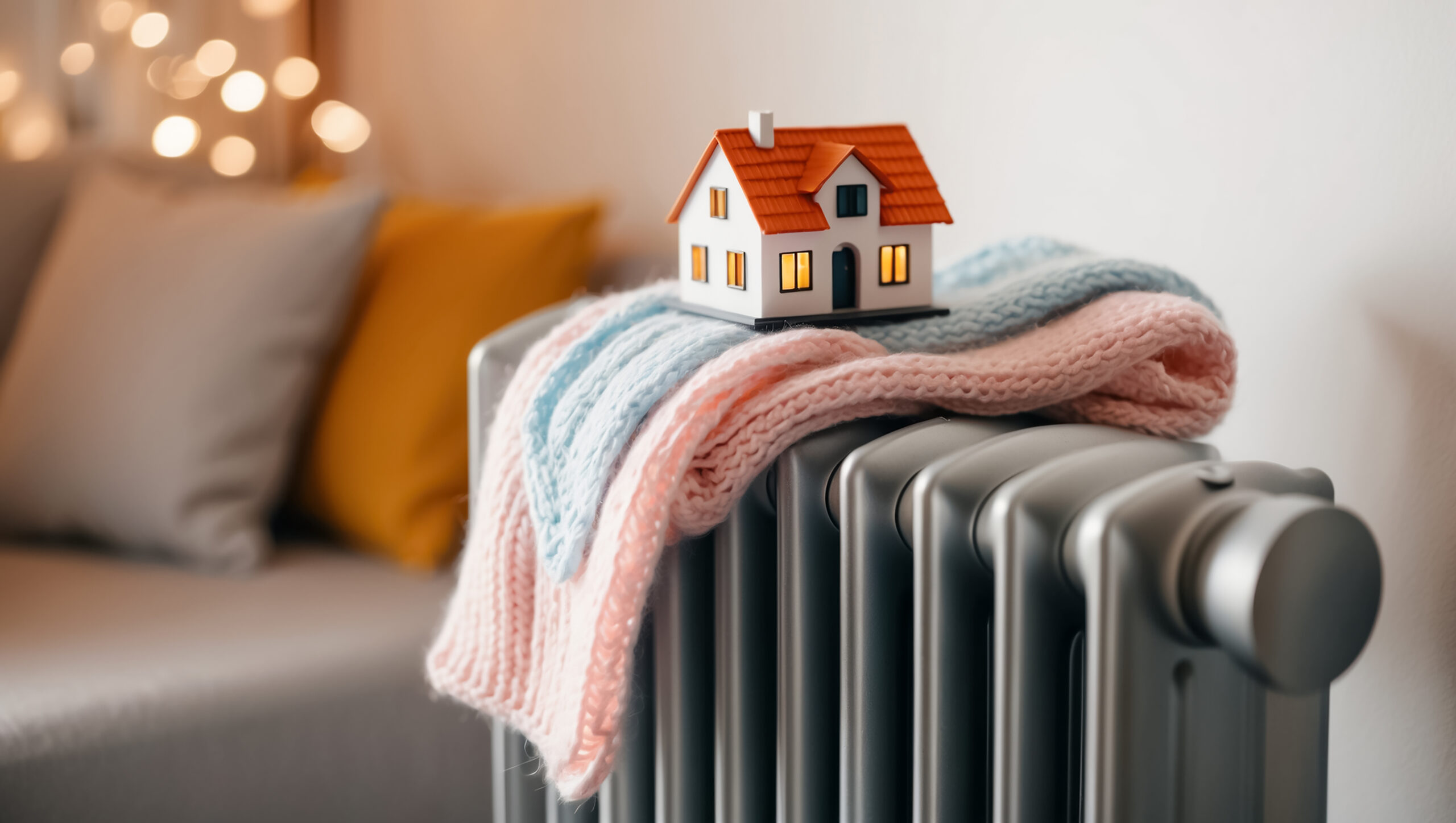Energy Savings to Incorporate Into Your Chicagoland Home This Fall
 As the seasons change, fall energy savings take priority over summer. From this point on, Chicagoland homeowners will be increasingly concerned with keeping heat inside the house instead of sealing it out. Given how often we run our air conditioners over a long, hot summer, it may come as a surprise that the average household consumes significantly more energy for heating during the winter versus cooling in summer. By the time winter arrives in force, heating and electrical lighting together will amount to over 60 percent of your total home energy expenses. It’s clear that fall energy savings represent a major opportunity for reducing operating costs by taking proactive measures that pave the way for greater efficiency in the cold months just ahead.
As the seasons change, fall energy savings take priority over summer. From this point on, Chicagoland homeowners will be increasingly concerned with keeping heat inside the house instead of sealing it out. Given how often we run our air conditioners over a long, hot summer, it may come as a surprise that the average household consumes significantly more energy for heating during the winter versus cooling in summer. By the time winter arrives in force, heating and electrical lighting together will amount to over 60 percent of your total home energy expenses. It’s clear that fall energy savings represent a major opportunity for reducing operating costs by taking proactive measures that pave the way for greater efficiency in the cold months just ahead.
Conserving energy pays off on a wider scale, too. Residential energy consumption is responsible for about 17 percent of the greenhouse gas emissions created over an average year. Home energy use varies with the seasons to a much greater degree than commercial and industrial energy use. In summer, electricity takes the lead as the major source of household energy. As the seasons change, overall winter energy consumption tends to be higher but more diverse, including more electricity usage but also sharply increased use of natural gas for heating as well as fuel oil in some areas. Cutting residential energy consumption just 1 percent nationwide prevents 11 million metric tons of CO2 emissions.
Most of what needs to be done to increase fall energy savings falls into the DIY category. All that’s required is some spare time plus the motivation to take action. When you’re ready to start maximizing fall energy savings, as well as prepare for the winter weather to come, here are some guidelines:
Meet Your New Filter
Change your system air filter for fall energy savings now and monthly for the rest of the winter. It’s an easy do-it-yourself task that permits optimum airflow for your furnace, a critical parameter for maximum heating efficiency and performance. If you don’t know where the filter is or how to change it, your HVAC contractor will be happy to show you. From then on, it’s up to you.
A Matter Of Degrees
Once you transition from A/C to furnace, keep the thermostat no higher than 68 degrees when the house is occupied and lower—generally around 60 degrees—when everyone’s in bed or the house is empty. For each degree you reduce the thermostat setting, you can save around 2 percent on operating costs. By reducing it up to 15 percent for just 8 hours per day, you can reduce yearly heating costs as much as 10 percent.
If you haven’t done so already, automate the process of adjusting temperatures in your home by installing a programmable thermostat. Models with built-in energy-saving programs range from standard versions with separate weekday and weekend programs up to models that provide complete flexibility by offering different settings for all seven days of the week. A programmable thermostat executes temperature changes gradually, the most efficient way, and WiFi-enabled models also provide remote monitoring and operation from a smartphone, tablet or PC.
Air Leaks Happen
When they do, now’s the time to seal them. Heat’s always looking for a way out of your home during the winter and air leakage is a primary cause of poor energy efficiency. Any home contains myriad structural cracks and gaps that allow heat loss to the outdoors. In addition, openings around the mating surfaces of doors and windows also allow air exchange. Pressure differentials between the inside of the house and the outdoors exacerbate the effect by pushing air out and/or drawing it in, depending upon whether the HVAC system is properly balanced or not.
While a professional conducting a home energy assessment will probably pressurize the house and use sensors to quantify the extent of leakage and pinpoint location of leaks, lower-tech methods to detect leaks range from the most simple—merely feeling for drafts—to homemade solutions such as observing the smoke stream from a stick of lit incense held up to suspect spots. Another way is to turn on lights in each room at night, then walk the perimeter of the house outdoors, looking for shafts of light emitting from the structure that indicate air gaps.
The usual suspects for air leakage are gaps along the joint between walls and the floor and in the intersections between walls. In the ceiling, recessed lights often leak air into the attic, as do vents that pass from living spaces into the attic as well as attic access hatches and pull-down stairs. Outdoors, the joint where the exterior wall meets the foundation is another typical sealing opportunity, as do the corners of all exterior walls and any place where plumbing pipes, electrical conduits or other services enter the house. Doors and windows that open and close typically utilize weatherstripping as a seal between moveable surfaces. As the weatherstripping material wears and degrades, the gaps that form become major energy leakers.
Structural cracks and gaps 1/4-inch or less wide can be sealed with standard household silicone caulk. Larger openings or irregular spaces can be filled with expandable spray foam in a can. Install adhesive-backed foam weatherstripping tape around leaky doors and windows and an aluminum or rubber doorsweep to close the yawning gap between the door and the threshold.
Visit Your Attic
Check the depth and condition of attic insulation. If you’ve never upgraded your attic insulation and the house is more than 10 years old, it’s probably under-insulated by today’s stricter standards. Because heat energy naturally rises and tends to conduct through your ceiling into the cooler attic during winter, there’s no better place in the home to make sure you have adequate insulation. If you don’t have enough, the attic’s also the easiest location to upgrade to optimize fall energy savings.
In Chicago’s climate, the Department of Energy recommends an attic insulation level of R38 to R49. This is the equivalent of 12 to 15 inches of fiberglass batts or 10 to 13 inches of cellulose loose fill. If you decide to upgrade, you can add new insulation atop the existing layers without removing them. You can also opt to add a different type on top of the existing layer—for example, covering fiberglass batts with a layer of cellulose loose-fill.
If You Don’t Have Central A/C
Deal with those window air conditioners. It’s very difficult to eliminate all the potential air leakage and energy-loss posed by aging window A/C units that remain in place during a hard winter. You can go a long way, however, by purchasing commercially available covers sized for your particular unit and installing them. The definitive energy-saving solution, however, is to remove window air conditioners for the winter and close the window.
Let the Sun Shine In
As weather cools, exploit the energy transmitting properties of glass for fall energy savings. Open south-facing shades and curtains during daylight hours to admit solar energy through the window. Because energy goes both ways through glass, however, at night keep all curtains and shades closed to inhibit heat loss through the window.
Go With the Airflow
Make sure all supply and return vents in every room are unobstructed. Closed vents restrict system airflow and can overheat the furnace and/or disrupt air balance in rooms, depressurizing the house. A negative pressure state indoors draws cold outdoor air in and makes your furnace work overtime to heat the house. Furniture that was moved over the summer may be blocking the free flow of warm air out of vents. Someone may have closed supply vents in certain rooms, too—a common but misguided effort to save energy in less occupied parts of the home—so double check all vents to make sure they’re open.
Get a Check-Up
As a transitional season, fall is the perfect time to schedule an annual heating system checkup with your HVAC contractor. Most furnace problems occur either when the system is first started up in the fall, or during the coldest part of the winter when the system’s under maximum load. Better to find and fix any problems now, than then. In addition, to detecting furnace malfunctions that may turn into major issues later, a qualified technician will ensure your furnace is operating safely and at optimum energy efficiency.
For more tips on fall energy savings, contact Black Diamond Plumbing & Mechanical.
Image Provided by Shutterstock.com
Recent Posts
Request Service
Please fill out the form and we will get in touch with you shortly. We look forward to serving you!
Request Service
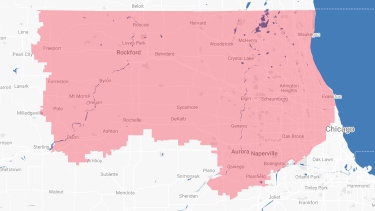
Proudly Serving
The Chicagoland AreaAddison | Algonquin | Antioch | Arlington Heights | Aurora | Barrington | Bartlett | Batavia | Beloit | Belvidere | Bensenville | Bloomingdale | Bolingbrook | Buffalo Grove | Byron | Caledonia | Capron | Carol Stream | And Much More!
VIew ALL

